WINTER SOLSTICE 冬至There was a saying that the Winter Solstice is “Larger” than the Year, 冬大如年. What does it means? Winter Solstice 冬至 is one of the twelve solar seasonal markers denoting the peak of winter. It is supposed to be the coldest time of winter where astronomically speaking, the earth is the furthest away from the sun, yet in contrary, the northern hemisphere is also the nearest facing the sun. Such dichotomy is reflective in the saying, in the absolute Yin 太陰 the young Yang 少陽 is born. This is a time of the year when YinYang 陰陽 threshold is blurred. It is a transition time or we called, the “crossover” that usually take place in 21 Dec or 22 Dec each year. Such YinYang threshold 陰陽界 is important for most of the Chinese Metaphysical sciences like FengShui and so forth. When someone is strong enough to withstand such time of extreme cold and turbulent Qi, this someone is said to be able to survive for another year. Therefore for each passing of the winter solstice, a year was added to the age. This is known as the Winter Solstice is “Larger” than the Year, 冬大如年. BEGINNING OF SPRING 立春The beginning of spring 立春 is another solar seasonal markers denoting the arrival of spring usually take place between 4 Feb – 5 Feb each year. It is a time where a new chapter of the year begins. It is technically a new year. However, this again is not really a time where it is the “hottest” or “wettest” of the year, yet it is taken as a “birthday” of the year. Most of the FengShui masters in town will take this LiChun BaZi as the natal chart to predict the auspicious and calamity of the coming year, where they will probably say, the new TaiSui 太歲, SanSha Three Killings三殺 have arrived and certain location cannot have ground breaking. Saying that, some forgot about the 5 yellow actually already kicked in since DongZhi Winter Solstice 冬至 not LiChun beginning of spring 立春. With all the confusions of FengShui techniques liked XuanKong and QiMen 玄空奇門, which solar markers denote the transitions of YinYang, subject to many debates. SOLAR TERMS 節氣Winter solstice 冬至 and beginning of spring 立春 are but two of the 24 solar terms or JieQi 節氣. What makes these two different and not made known is the differences between ZhongQi 中氣 and JieQi 節氣. ZhongQi 中氣 are the time periods or some called the eight periods 八運 that demarcate the intangible Heaven Qi 天氣 while JieQi 節氣 are the location of the eight trigram 八卦 that governs the tangible Earth Qi 地氣. That is why winter solstice 冬至 is the coldest days of the year and not the arrival of winter 立冬 because solstices are ZhongQi 中氣. That is why, Wu 午 month and Wu 午 hour are always hot and Wu 午 year or a Wu 午 day may not necessary be hot. Saying that with the protruding of Bing 丙 doesn’t really mean the sun has arrived at the mountain 太陽到山 and therefore all evils subsided. These are all false and misleading teachings. THE THREE FACTORS 三才 Not all Chinese metaphysics methodologies measure the same thing. The question we always asked is, which Heaven, example early, later or middle, do you measure? Which YinYang 陰陽 thresholds 界do you measure? Zi 子 and Wu 午? Chou 丑 and Wei 未? Yin 寅 and Shen 申? For example, we know that in QiMen 奇門, the YinYang Dun 陰陽遁 will change position upon entering the solstices 至. However do you use the same when you apply in FengShui using the SanHe Heavenly Star Methodology 三合天星法? You will be entirely wrong using the demarcation of Heaven Qi for a job require you to measure Earth Qi. That is the reason, without knowing how to apply the 3 factors of SanChai 三才 you will not able to construct a FengShui formation and any amount of “salt water” cure or placement FengShui water features would best be just trial and error plus a little bit of blind faiths. This is NOT FengShui.
1 Comment
NAKED EYE 長眼法 AT A GLANCE You may have heard about a technique called – Naked Eye Method 長眼法. This Form School 形家 YinYang Methodology 陰陽法 enable a practitioner to determine the auspiciousness 吉 or calamity 凶 of a site without the use of LuoPan 羅盤 by employing Dragon 龍, Tiger 虎, Phoenix雀 and Turtle 武 to evaluate landform and uses form 形 to remedy any shortcoming. According to one school founded in Taiwan by the Mud Eel Master 泥鳅師, it has nothing to do with Qi flow 氣流法 and it is a standalone technique. However, one LiuFa 六法 school claimed otherwise that it is originated from a fixed Gua 定卦 perspective and Mud Eel Master 泥鳅師 school only have divination technique 斷絕 and did not have the Yi principle 易理, therefore not a complete transmission. In fact, both the Mud Eel Master 泥鳅師 and LiuFa 六法 school incorporated this technique once called YangGong’s 楊公 Heavenly Heart Methodology 十道天心法 that uses the Cross Line 十道 reference of a human body 人體 as a mean to measure landform 形家 with the aid of a walking stick 長. That is where the name Naked Eye Method 長眼法 comes about. Unlike the Golden Lock Jade Portal 金鎖玉關, it does not really based on the entire eight trigram 八卦 and LoShu 洛書. Instead it is based on the Four Imagery 四象, YinYang 陰陽 and HeTu 河圖 numerology. Therefore it is sometimes called Four Imagery YinYang Techniques 四象陰陽法. Coupled with Passerby YinYang 過路陰陽 that has a close proximities to XuanKong Gua 玄空卦, Naked Eye Method 長眼法 can be incorporated with the permutation of the eight trigram 八卦 to determine Who, When and How an event would occur based on landform. EEL MASTER 泥鳅師 A short introduction of this school originated from the Monk Master 和尚師, rather an absolute generic name for a founder of a great school of FengShui. Zheng QingFeng 鄭清風, as a young turd has been spending his youth in the mountain attending to goats and cows and having the affinity to meet this Monk Master 和尚師, that was famed to have been following the retinue of Chiang KaiShek 蔣介石 at that time, defeated by the Communist to retreat to Taiwan. In a sunny morning Monk Master 和尚師 has taught Zheng QingFeng 鄭清風 the art of Naked Eye Method 長眼法 through the various burial grounds around that area. With confident, the young Zheng QingFeng 鄭清風 approached other masters that have been dotting graves around the area, while providing accurate and sharp predictions to the many grave sites, he managed to carve his name in the industry at his time. He was later known as Snail Master 泥鮴師 owing to his casual habits of catching eels in the countryside. This school was survived by the current contemporary lineage holder in Taiwan and due to the quick nature of summing up the FengShui of a grave or a premise, it was widespread through Singapore, Malaysia but not HongKong, surprisingly. REFERENCE POINT OF NAKED EYEThe followings are the reference point as the common terminology in reference to the directions: -
THE YI PRINCIPLE OF NAKED EYE 長眼法易理The numerology of HeTu is divided into the followings:
THE FOUR IMAGES YINYANG TECHNIQUES 四象陰陽法HeTu Combination – YinYang Balance. THE NAKED EYE COMPOSITIONThe IDEAL set up:
DRAGON CROSSING 龍過堂External formation matching Desk Setting:
CONCLUSIONThere are more to these techniques. Shown here are the basic principles based on Yi principle 易理, YinYang 陰陽 and Four Imagery 四象. The other aspects not discussed here are as the followings: -
XUANKONG 3 SCRIPTS 玄空三诀XuanKong Three Scripts 玄空三诀 summarize the three important factors of doing FengShui based on XuanKong 玄空. Different schools may call these scripts differently, but ultimately they are pointing to the same aspect of doing FengShui. It is used to be known as the three ancient oral transmitted scripts 三個古訣. There are many interpretation to these scripts, many beholding such as the top secrets. In some schools, these had been further expended to six, giving birth to the Six Methods of XuanKong or LiuFa. These scripts also generally shared among schools outside SanYuan such as SanHe. Generally the Three Scripts are: -
WHERE IT COMES FROM?These scripts are made known by the so-called lineage holder of ZhongZhou Pai 中州派. Please do not get confused with SuZhou Pai 蘇州派. They are entirely different thing (read HERE for details). ZhongZhou Pai 中州派 was claimed to be a less known school of XuanKong based on its principle of One Teacher, One Student, 一师一徒. It was only made known by Wang TingZhi 王亭之 via his writing ZhongZhou Pai XuanKong School 中州派玄空学. He claimed that as he has made enough fortune to retire into “Shangrila”, he no longer needs to practice this exoteric knowledge thus he decided to disclose them via his writing. It may also mean, this method may not be really reliable and therefore can be disclosed to others… Being a renaissance man, Wang TingZhi 王亭之 professed many talents ranging from FengShui, ZiWei DouShu, food critiques, linguist, tea connoisseur to Tibetan Buddhist Master. Having such illustrious profile also made him an outspoken provocateur to many areas of Chinese Metaphysics especially FengShui, with equal amounts of brickbats as well. He owes such knowledge to his lineage master from Taiwan, famed for his skill in ZiWei DouShu, having also to say that without ZiWei, there is no ZhongZhou Pai 中州派. ZHONGZHOU PAI 中州派
THE FIRST SCRIPTHARBORING STAR SCRIPT 安星訣
COMMENTARY ON HARBORING STAR The term 下卦 is aptly more appropriate to mean Placing Gua instead of Lower Gua, as in a game of chess, 下 means to place. By the same token, before one can be Placing Gua 下卦 or making the first move, one has to lift a Gua or called Lifting Gua 兼卦. Analogically speaking, it is like lifting a chess piece and placing it in the appropriate grid thus first to lift a Gua 兼卦 then to place a Gua 下卦. Both these processes of to lift a Gua 兼卦 then to place a Gua 下卦, by some other terminology means, a star is taking a vector flight with a point of departure and another point of arrival. Collectively, it can also be construed as a number of origination and a number of completion, one Yin and one Yang. Postulations of these sorts may lead to various interpretations and applications. The term Harboring Star 安星 analogically speaking may means to find a home (palace) for the star to reside, just like a boat that may need to be harbored 安. Collectively Harboring Star 安星 means the natal chart of the Flying Star or the LoShu grid. Basically there are 2 ways to harbor the star, one being the conventional Placing Gua 下卦 while the other unconventional Replacement Gua 替卦. In a more general terms, Harboring Star 安星 is a mean to identify the Qi Map of a given location. By the same token it is to identify areas of growth, prosperous, weakening, death and killing based on the structure and formation of the land. Such include identifying incoming and outgoing of water. REPLACEMENT STAR 替卦
COMMENTARYThis replacement star poem is the VERSION 17 of the earlier write-up on AiXing Jue, Leaning Star Script (detail read HERE) APPLICATION OF REPLACEMENT STAR 替星用法歸納
THE SECOND SCRIPTARRANGING THE DRAGON SCRIPT 排龍訣ARRANGING DRAGON SITTING FACING - 排龍與山、向
ARRANGING DRAGON ORAL TRANSMISSION METHOD OF ARRANGEMENT 排龍口訣及推排法
ARRANGING THE DRAGON 24 MOUNTAINS YINYANG 排龍二十四山陰陽
SIMPLE ARRANGING THE DRAGON AND WATER MOUTH 淺談排龍與水口
ARRANGING THE DRAGON SCRIPT ORAL TRANSMISSION 排龍訣口訣
ARRANGING DRAGON SCRIPTS APPLICATIONS 排龍訣之應用
THE THIRD SCRIPTRECEIVING YIN PUSHING SHA SCRIPT 收山出煞訣
SANYUAN YINYANG XIANTIAN BAGUAThere are plenty of SanYuan schools teaching SanYuan stuff without knowing the true foundations of SanYuan. Some confused SanYuan as Flying Star and some even confused SanYuan is XuanKong school. These haphazard phenomenon is mushrooming in the west, brought about by eastern teachers, with most of them having acquire their skills through reading published literature, experimental with the occults and often without approval from any lineages. They also called lineage sucks! With its absent, many of the rock bottom fundamentals of SanYuan is lost in time. One of them being how you split your YinYang in the SanYuan school. Only true SanYuan school would able to demonstrate such. This is the FIRST TIME the secret of the SPLITTING OF THE YINYANG IN SANYUAN has been disclosed to the public within the English Speaking community. Never has this secret been revealed! In time to come, if any of the teacher teaching this piece of information and they are not coming from our establishment, you know well that the knowledge that they acquired are secondary and less authentic. Truly, there are too many rubbish floating around in disguise as genuine FengShui courses. Buyers beware!
THE FORMATION OF THE EARLY HEAVEN BAGUA
The separation of YnYang in this order is also the foundations of how the 8 Trigram within the early heaven BaGua spiral outward from the central TaiJi. This is how one should correctly arrange the BaGua. COMMENTARYWhen we say this is how SanYuan splits its YinYang, it meant to say how the Early Heaven Gua comes into position. Just by arranging its YinYang, the YinYang Yao of the respective Gua has been emerged from TaiJi, one layer after another. Foremost the fundamental YinYang at the time when the Heaven and Earth settle position must be taken into account. - what sort of YinYang would you reckoned? Left turning Yang, right turning Yin? Or simply the differentiation of the putrid with the sublime? Do you label your DaGua with this YinYang? What appeared to be a simple YinYang boundaries when juxtaposed among one another through the dimensions of Earth Man and Heaven, subliminally clustered itself as wedge Trigram, dialectically known in YiJing Yao in the sequence known as Early Heaven arrangement. This congenital arrangement is the fundamental of SanYuan and all its other components. Yoked within these sandwich of Yao lines reflect the neologism of what probably be the earliest natalist view of the anthropocosmo. Singular Yin and singular Yang will not reproduce and therefore its inherent infertility require the upend of nature dialectically Yang YunSong's view - Dian DianDao or Dao DianDian? Strangely, it is only the Old Yang Old Yin and Young Yin Young Yang are to be found in the middle Yao - the Human Yao, thus rendered the entire notion of fertility lies upon the hand of the human being? The Middle Heaven? Where exactly is this Human Plate within the SanYuan pantheon of stars? Next, what is the second and the third layers? One begets two, two begets three and three are the mother of the myriad things. This is the order of the day. Therefore, one ought to arrange your YinYang from the two slices to the BaGua, then the 24 mountains, to the 64 Gua and the 72 Dragons. In such an instance, who on earth would want to challenge this very fundamental question? Vividly remember not long ago, someone disagree with this hypothesis of how SanYuan YinYang was split. The fundamental axis is thus between Chou and Wei, see also which part of the Heaven it measures? The response of Master Hung HinCheong to our post Leaning Star Oral Secret, he wrote, “You're right. That ring's pedigree is suspect. Some Flying Stars schools don't use Replacement Stars at all, and I think that's the smart thing to do.”, caused us to think further. We dug up some of Hung’s writing – Water, Water Everywhere and there is a nugget or two for us to share here… CENTRAL AND MARGINAL FACING 正表向Hung wrote… In many FengShui texts, classical and modern, a given facing is differentiated into "Central 正向" or "Marginal 表向", and each is treated differently. In modern mathematical language, a facing is described as "Central" if it lies within a band of -±4.5° from the center-line of a Mountain on the LuoPan. For example, the center-line of Zi (子) is 0°. Hence any facing between 355.5° and 4.5° is said to be facing "Central" Zi (正子向). Another example: Gui (癸) is centered on 15°; any facing between 10.5° and 19.5° is described as facing "Central" Gui (正癸向). The total bandwidth of a "Central" facing is therefore 9°. Any facing outside that band is deemed to be a "Marginal" facing. To be more precise: Zi (子) is centered on 0°, and Gui (癸) is centered on 15°. Any facing in between 4.5° and 10.5° is called "Marginal" between Zi and Gui (子兼癸,癸兼子). The total bandwidth of a "Marginal" facing is 6°. That of course is the modern definition, making use of the 360° compass ring at the periphery of the LuoPan disc. However, this ring was a relatively recent addition to the LuoPan. Before that, the definition of "Marginal" relied on the "240 Dragons Gold Divisions (二百四+龍分金)", and the term "3-7 Gold Divisions (三七分金)" was often quoted. Some readers may have come across this term in their general reading. As a matter of fact, the 6° bandwidth for "Marginal" was set conservatively. It allowed a generous margin for error, mindful that the LuoPan needle and markings were not very accurate in the old days. My own view is that we need not be so uptight about the prescribed margins. The underlying idea is to get away from the boundary line between 2 Mountains, and our modern LuoPan enables us to do that with greater confidence. ASSISTANT STAR WATER METHOD 後天水法Hung wrote... For a variety of reasons, a facing may have to be set within the "Marginal" band. In that event, it is necessary to be aware that the "Marginal" band is usable for certain Mountains, but not for others. In a nutshell, the "Marginal" band between 2 adjacent Mountains of the same polarity is usable, whereas the band is out of bounds if the 2 adjacent Mountains are of opposite polarities. However, there are 2 exceptions to the rule: Xun (巽) and Si (巳) are both Yin Mountains, but the "Marginal" band between them is out of bounds. The reasoning is a little convoluted: Si (巳) is part of the NaJia family of the Trigram Dui (兌), and You (西) is another member of the same family. Now You (西) and Xun (巽) are incompatible by the "8 Killing Forces" formula. Si (巳) is implicated by virtue of its family connection with You (西). Hence a facing in between Xun (巽) and Si (巳) is deemed too risky; The same argument applies to the band between the adjacent Mountains You (西) and Xin(辛). In this case, Xin(辛)is the adopted child of Xun (巽), and hence the "Marginal" band between You (西) and Xin(辛)also becomes inadmissible. This discussion on admissibility of "Marginal" bands takes on a new dimension when it comes to measuring Qi mouth locations to determine the incoming and outgoing waters. Whereas a facing is an axis that can be set precisely, a Qi mouth is something 3 over which we have very little control. It is fairly common to encounter a Qi mouth wide enough to straddle over 2 adjacent Mountains. There is no issue if the 2 Mountains are of the same polarity, but what if they are not? Going strictly by the book, such water flows are deemed negative. The jargon term is "Yin and Yang confused (陰陽差錯)'. But such a narrow interpretation is unduly restrictive in practice. I tend to take a more liberal approach. If the major part of the qi mouth, say 70% or more, falls under One Mountain, I would consider it a single Mountain reading, comparable to a "Central" facing. Only if the qi mouth sits smack in between 2 adjacent Mountains, with a 50-50 or 60-40 split between yin and yang, would I reject it as unsuitable. 240 DRAGONS GOLD DIVISION 二百四+龍分金Hung wrote… In a typical SanHe LuoPan, there are the 72-Dragons ring (also called a plate), one or more 60-Dragons rings; and one or two 120-Dragons rings. There is one other ring in this genre that is omitted on LuoPan other than out-sized ones (12-inch and above). This is the 240-Dragons ring, also called "240-Dragons Gold Divisions (二百四+龍分金). As the name suggests, the ring is sub-divided into 240 fine divisions, with 10 divisions under each of the 24 Mountains. This ring is used to assess the intensity of qi received from a particular Mountain for any given facing. A Mountain's Qi is strongest at its center-line, gradually reducing to zero at the center-line of the adjacent Mountain on either side. At the boundary between 2 Mountains, the qi split is 50-50. If a given facing receives 70% or more of the qi from one Mountain, it is called a "Central facing (正向)". If the facing receives less than 70% qi from one Mountain (say, a 60-40 or 50-50 split between 2 adjacent Mountains), it is called a "Marginal facing (表向)”. Today, the demarcation between "Central" and "Marginal" can be defined using the 360° compass ring at the periphery of the modern LuoPan, but this ring was a relatively recent addition; it was not available in the older LuoPan. So do we still have to bother with the 240-Dragons when we have the modern 360° ring? That depends: no need if we just want to use the LuoPan without bothering with the underlying theory; yes if we want to broaden our FengShui knowledge. If one reads old texts or spends time surfing the FengShui websites, then familiarity with the "240-Dragons Gold Divisions" will provide a deeper insight into various discussions. To analyze the 240-Dragons ring, let us straighten out 2 arc segments, each segment spanning 30°. The first segment is centered on Zi (子) with Ren(壬) at one end and Gui (癸) at the 4 others. The second segment is centered on Gui (癸) with Zi (子) at one end and Chou (丑) at the other. The segments overlap, and the fine divisions are graded with a numerical value rising from 0 to 10 and then falling back to 0. The dashed lines 7-3 and 3-7 demarcate between "Central" and "Marginal" facings. The region between those 2 lines, marked by a hatched box, represents the "Marginal" band between Zi (子) and Gui (癸) Mountains. There are similar "Marginal" bands between Ren(壬) and Zi (子); and between Gui (癸) and Chou (丑). The scale in maroon at the bottom denotes the modern 360° compass, whereby the center of Zi (子) Mountain corresponds to 0° Magnetic North. The "Marginal" band between Zi (子) and Gui (癸) would correspond with 7.5±3° on this scale. One often sees the term "3-7 Gold Divisions also called "Plus Minus 3-7 (三七分金)", in FengShui books and websites. It really means nothing more the demarcations described above. Some people like to use complicated language to describe simple ideas. Sometimes the term "2-8 Gold Divisions (二八分金)" or "Plus Minus 2-8 (二八加減)" also appears, often in the same breath as "3-7". When one compares the Earth Plate with the Heaven Plate, it will be seen that "3-7" on the Earth Plate is in fact the same line as "2-8" on the Heaven Plate, and vice versa. They are really one and the same thing. According to Master Li Ding Xin (李定信), who was until recently the reigning Doyen of Yang Gong FengShui [He passed away in 2012, age 90], many FengShui writers, historical and modern, are confused and use the terms haphazardly. So the next time someone comes along brandishing jargon terms like "Plus Minus 3-7" and "Plus Minus 2-8", just ask him about the "240-Dragons". LEANING STAR REPLACEMENT STAR 飞星替星This marginal degree of 3° at each extreme side closer to the boundary of the two mountains that made up the 6° are considered by some SanYuan FeiXing as Replacement Star band. Any star that reside thereafter must be replaced by the set of new stars as represented in the Replacement Star Ring. Some school of XuanKong Purple White do not subscribe to this principle. Some school also do not agree with the version of the Replacement Star Ring used, currently at 28 varieties. This Replacement Star Ring is interesting. In total you will get the following sequence from the opposite mountains combined: -
The question is could this Ring tells you something beyond just the greatly misunderstood Kun Ren Yi? HOW TO APPLY?For example, House sitting Gui 23 degree, facing Ding, Period 8. By conventional Natal chart, you will get as in A. However, because 23 degree sitting very close to Chou, a Replacement Star may be necessary. Based on the Replacement Star Ring, Sitting Gui replacement shall be 1 replacing 4. Facing Ding replacement shall be 9 replacing 3. The new Replacement Natal chart shall look like B. CONCLUSIONContemplate this, quote from BengKung's wisdom saying, "The four formations, Water, Fire, Metal and Wood are further differentiated into Yin and Yang formations. Clockwise which is Yang, the direction is from Zi to Chou to Xu to Hai. Anti-clockwise which is Yin, the direction is from Wu to Si to Shen to Wei. Altogether there are 8 formations. 4 Yang and 4 Yin formations. Master Yang always stressed on the basic principle of Yin and Yang. YinYang is formless whereas CiXiong refers to Yin Yang with form. Interaction of CiXiong refers to the interaction between mountain and water. Xuan Kong refers to the Qi whether Sheng Qi (thriving) or Si Qi (Dead). The auspicious or inauspicious Qi from the In-Coming mountain or Out-Going water are related and are based on the 12 Qi phase. Whether it is male/Yang or female/Yin, it is derived from within the Gua. This is referring to the Yin and Yang of the 24 mountains. This is only given to inner disciples."
Therefore, if you believe that the YinYang Earth Plate of the SanHe LuoPan Ring, as assigned by virtue of Early Heaven and NaJia is correct, you better think twice! The YinYang Earth Plate of the SanHe LuoPan Ring, as assigned by virtue of Early Heaven and NaJia is mainly used for RuDiYan's Assistant Star Water Method. "The concept of mountain (in-coming Qi) and water (out-going Qi) which is fundamental and must be understood clearly. Whether it is auspicious or inauspicious are all due to the mountain and water location in relation to the concept of the 12 Qi phase. The mountain here refers to In-Coming and water refers to Out-Going. A concept misinterpreted as actual mountain and actual water." Do you know why the why the Five Ghost Carry Treasure aka Assistant Star Water Method cannot work? Placing "mountains" on LianZhen position? "To understand this methodology, it is all within the concept of the 5 elements. This concept refers to NaYin 5 elements which is established by the 72 dragons. It is not referring to NaJia which is a different concept. The five elements are allocated in the four directions with Wood in the East, Metal in the West, Water in the North and Fire in the South. It is also allocated in the 24 mountains. The concept of turning upside down 倒倒颠 refers to the 72 dragons, where there are five elements within each of the 24 mountains. With the concept of turning upside down, there are treasures within each of the 24 mountains. There are always three elements within the 24 mountains which is usable to match the in-coming Qi and water-mouth which is the out-going Qi. Forward and backward refers to the understanding of establishing the Yin or Yang formation. Without using the correct formation there is the likelihood of meeting with fire pits. Recognize the golden dragon is to establish the formation. Metal, Wood, Fire or Water. The location and the position in relation to the water mouth and the in-coming dragons are all different. (Endless possibilities) Moving or still refers to whether there is any Qi, whether it is strong Qi or weak Qi, whether it is auspicious or inauspicious Qi. Requires the teaching from a sage." In fact, there are plenty of clues that RuDiYan may be a bridge between SanHe and SanYuan. Replacement Star and its corresponding central and marginal reading may not be that wrong after all, if we were to take the actual reasons of 3/7 and 2/8 as the measurement of Qi intensity accordingly and not for the account of inaccurate LuoPan readings. As for the validity of the Replacement Star Ring, it has been grossly misunderstood as part of Kun Ren Yi by Jiang DaHung. He distorted and explained these verses using XuanKong DaGua thus introducing the idea of combination to 10. Coupled with the variants from the SanHe proponent, you now have the 28 confusing versions. Most modern SanYuan LuoPan in the market has this ring inserted just after the 24 mountain "human plate" of the SanYuan LuoPan. This is one notorious ring that was believed to have been "invented" by Jiang DaHung and being used by the XuanKong Shen JuReng Flying Star school as - the Replacement Star Ring 替星盘. Obviously it is a result of Jiang DaHung's secret oral transmission that has been reflected as a Ring, called the Leaning Star Ring 挨星盘. Different subset school of SanYuan has different way to use the Leaning Star Ring 挨星盘. Unfortunately, Leaning Star Ring 挨星盘 itself has another 28 versions. Which one is TRUE? JIANG DAHUNG AIXING JUEDuring the old age of Jiang DaHung, he has the intention to settle down prior to his retirement. One of his disciple, Jiang YaoShi 姜垚時 gave him a large sum of money to build his retirement home. Due to his student's generosities, he return the favor by disclosing these 10 stanzas of Leaning Star. In the Shen JuReng's XuanKong Flying Star 沈竹礽飞星派 school, this is known as the Replacement Star 替星. It was also conveniently translated into SanYuan LuoPan ring just after the 24 mountains.
OTHERS VERSIONS AIXING JUEWhen you browse Google there are at least another 27 versions of AiXing Jue 挨星訣 inclusive the one mentioned above as the 1st there are altogether 28 versions, such as: -
VERSION 03
VERSION 04
VERSION 05
VERSION 06
VERSION 07
VERSION 09
VERSION 10
VERSION 11
VERSION 12
VERSION 13
VERSION 15
VERSION 16
VERSION 17
VERSION 18
VERSION 19
VERSION 20
VERSION 21
VERSION 22
VERSION 23
VERSION 24
VERSION 25
VERSION 26
VERSION 27
VERSION 28
COMMENTARYWithin the 28 versions of this Leaning Star verse, 2 distinctive version stood out: -
May the real Mc Coy please stand up? The secret of SanHe 三合 and SanYuan 三元 LuoPan are within the writing of TianYu Jing 天玉經 - a single classic that can be interpreted according to both schools. TianYu Jing itself has a number of versions. But for the purpose of discussion we shall inspect the YangGong Old Method's version and DiLi BianZhen's version. Listed herewith is the YangGong Old Method's version proudly brought to you by the late Grand Master Li SanSu, uncle to the late Grand Master Li DingXin. This version of the classic can be sub divided into the following grouping, for the ease of understanding: -
TianYu Jing 天玉經 - Dragon Water Convergence 龙水交会 is relevant to our topic of discussion - YinYang 陰陽 of the 24 mountains 二十四山 of the SanYuan LuoPan. There are 24 mountains. In fact, there are only 12 pairs of YinYang Dragons 十二陰陽龍. 12 YinYang all the way has within the incoming Gua 十二阴阳一路排,总是卦中来. These 12 pairs must be aligned to form Dragon, Mountain, Facing and Water 龍山向水 (DMFW). The classics state, Topsy turvy Parents to array Dragon position, Mountain facing and corresponding Water, 倒排父母荫龙位,山向同流水. This is the structure of SanYuan (or SanHe?) in Qi connections 三元氣圖.
Structure aside, there are only two ways to spin your YinYang. The classics state, Divide establish YinYang 2 different ways, 分定阴阳两路行. The left turning is Yang, the right turning is Yin. The classics state, left turning and right turning to arrange them, 顺逆推排定. However, left or right would only make sense from a fixed point of observation, the datum (天心). This datum is then referred to as the west or the east side of the river bank, resulting in the East River and West River sides. The classics state, divide into East and West two Gua, those who understood will announce to the world, 分却东西两个卦,会者传天下. These are the 2 different Gua – Grouping? In summary, the 12 pairs of YinYang Dragon is to identify left (Yang) or right (Yin) turning. Observe how your Qi flow is the foundation of YinYang. Others are just - crap. TianYu Jing also identify that the Yang Stems are all left turning - Yang (these are called Dragon God 龍神. The classics state, Jia, Geng, Bing, Ren, are Yang, left turning to find the 5 element structure, 甲庚丙壬俱属阳,顺推五行详. Dragon God 龍神 can be construed as an entire independent topic by itself... however, TianYu Jing - Establishing Facing 定向 has this to say, Front twice yielding Dragon God front twice yielding Facing, pearl string do not face to release. Back twice yielding Dragon God back twice yielding Facing, Arraying established YinYang counts, 前兼龙神前兼向,联珠莫相放。后兼龙神后兼向,排定阴阳算. In other word, Leaning Star polarity depends on the Dragon God 龍神. The Yin Stems are all right turning - Yin (these are called Water Dragon). The classics state, Yi, Xing, Ding, Gui are Yin, right turning to find the 5 element structure, 乙辛丁癸俱属阴,逆推论五行. The classic did not, however, identify explicitly the rest of the 16 dragons - the 4 ordinal Gua, 4 growth branches, 4 stable branches and 4 graves branches. The four Ordinal Gua (surprisingly that YangGong referred to the Later Heaven BaGua) were paired respectively as the followings – GenYin 艮寅, XunSi 巽巳, KunShen 坤申, QianHai due to the double mountain and because Yin Si Shen and Hai 寅巳申亥 are the four growths of the Dragon God 龍神, they take Yang 陽. In the method of Pushing Sha and Receiving Water, Jia Geng Bing Ren four Dragon God, entirely belongs to Yang stem element. Qian Xun Gen Kun water facing the same, nobility with access prosperity, 甲庚丙壬四龙神,俱属阳干行。乾巽艮坤水向同,富贵足兴隆. Yin Shen Si Hai water incoming without broken, 5 element facing within storage, 寅申已亥水来长,五行向中藏. The four Graves were paired in the similar double mountain fashioned such as GuiChou 癸丑, YiChen 乙辰, DingWei 丁未, XinXu 辛戌 with the respective 4 Yin Stems and therefore they are Yin 陰. The four Stables were implied as Yin 陰. The classics state, Chen Xu Chou Wei one way move, sudden prosperity shake the family, 辰戌丑未一路行,骤富振家声. Chen Xu Chou Wei knock against Golden Dragon, Wealth and prosperity never cease to expire, 辰戌丑来叩金龙,富贵永不穷. Therefore the YinYang grouping of the 24 Mountains, taking reference from the 4 Cardinal Gua and the 4 Ordinal Gua, the different grouping of the 24 Mountains is as follows: -
OLD FOX'S TALE...We posted in our FB page, detail HERE and we found that not many people knows about SanYuan... Therefore, This is the FIRST TIME the secret of the HEAVEN YUAN PLATE has been disclosed to the public within the English Speaking community. Never has this secret been revealed! In time to come, if any of the teacher teaching this piece of information and they are not coming from our establishment, you know well that the knowledge that they acquired are secondary and less authentic. Truly, there are too many rubbish floating around in disguise as genuine FengShui courses. Buyers beware! One OldFox has this to say, “To answer your question posted at the beginning of this thread, the original SanYuan YinYang is the one on the right, the B version, because the YinYang allocation is based on the YinYang of the SanYuan of the Tian Yuan, Di Yuan and Ren Yuan. The version on the left, the A version, was promoted by Master Shen JuReng used in his Flying Star and it is based on the YinYang of the Stems and Branches plus the four diagonal Trigams of the LH arrangement being all Yang according to the Hetu arrangement. They are two different ways to express the same philosophical idea of ‘Early Heaven being the Ti or the Principle and Later Heaven being the Yong or the Application 先天为体, 后天为用. IMHO, to really appreciate the different Yin YangYang and Yang YinYin configurations, one has to realize that the different FengShui methods, and there are many, are the result of different ways to express a philosophical preference 'mechanically', to say that 'ShenJuReng's postulation is not quite there yet', shows you and David have yet to reach this point of understanding, but this is just my personal opinion, no offence is intended. May be you do know but want to keep it as a secret until we can attend your classes to find out, or maybe you and David just want to tease us! Either way it is a good thing, it keeps us thinking. Thank you for your contribution… Where are the 3 rings of the SanHe and SanYuan LuoPan? There you go again, 'the pot calling the kettle black' ´by JT the Just Teasing, who is really David Yak the architect with a fake name. Only the SanHe LuoPan has the 3 Twenty-four-Mountain rings, SanYuan LuoPan only has one and the 3 SanYuan are built into the one ring, you will only waste your time looking for the other two rings in a San Yuan LuoPan. Get YOUR fundamentals right before you tell others to get theirs right! Indeed, there are plenty of craps being taught out there...” EH AS PRINCIPLE LH AS APPLICATION 先天为体后天为用Let’s investigate these craps a little… The original version of SanYuan’s YinYang Dragon is not the B version. It is definitely not based on Tian Yuan, Di Yuan and Ren Yuan. These came very much later. They have another meanings to them. The A version is the original SanYuan’s YinYang Dragon. This is the Tian Yuan Dragon and its YinYang is derived from the LoShu, Early Heaven as the body or the Principle, 先天为体. Shen JuReng derived such as his basis for Shen’s Flying Star and it is based on the YinYang of the Stems and Branches plus the four diagonal Trigams of the LH arrangement being all Yang according to the Hetu arrangement (detail read HERE). This is a typical text-book answer. ONE GUA CONNECTS QI NAJIA ONE QI 一挂同氣納甲一氣.Similar to its SanHe forerunner, SanYuan has its peculiar way to subscribe to Early Heaven as the body or the Principle and Later Heaven as the Application, 先天为体, 后天为用. Both SanHe and SanYuan subscribed to the same method of decoding Heaven’s secret called NaJia. SanHe is well known to adopt what is known as One Gua same/combine Qi, NaJia singular Qi, 一挂同氣納甲一氣. One Gua here referred to Early Heaven Qi connection to formulate their YinYang dragon, detail read HERE. Therefore, it has mislead many that SanHe NaJia is based on Early Heaven as Principle. HEAVEN YUAN NAJIA PLATE 天元纳甲盘SanYuan subscribed to NaJia to allocate the 8 Gua into the 24 mountains. Instead of using One Gua same/combine Qi, NaJia singular Qi, 一挂同氣納甲一氣 principle liked its predecessor, SanYuan uses LoShu matching the Later Heaven BaGua as Application, 后天为用. Therefore, these sets of the 9 stars (comprising the LaterHeaven BaGua) form what is probably known as 天元纳甲盘. Each star is repeated 4 or 2 times forming 6 mountain groups within the 24 mountains such as the followings: - 1 - 子辰申癸, 6 - 甲乾, water 2 - 乙坤, 7 - 酉丑丁巳, fire 3 - 卯未亥庚, 8 - 艮丙 wood 4 - 辛巽, 9 - 午戌寅亥 metal With each of the 4 elements balanced, these form the original SanYuan 9 stars ring within the 24 mountains. Again, you will notice that it is the LoShu matching the Later Heaven BaGua to derive NaJia as Application, 后天为用 and not the LoShu matching Early Heaven BaGua as the body or the Principle, 先天为体. Saying thus in application, the HeTu GuaQi is still accounted for. EARTH YUAN PLATE 地元盘We recap, from this version A we derived the NaJia 9 stars ring 天元纳甲盘. There is also a subsequent Earth Yuan Plate 地元盘, that we shall not disclose. From here, the next layer, we shall discuss about the different Yin YangYang and Yang YinYin configurations that form the so called modern SanYuan earth plate 24 YinYang Dragon 三元盘阴阳龙 as shown in version B (we shall discuss about it in detail some other time). SANYUAN 3 NEEDLES 三元三盘One SanYuan school advocated that there are 3 needles in the SanYuan LuoPan just liked its counterpart SanHe. These needles are the Heaven Human and Earth needles. They are meant to measure different things. As mentioned above, the original SanYuan YinYang Dragon is called the Heaven Needle as in version A while the contemporary SanYuan YinYang Dragon is called the Human Needle as in version B. What is absent is known as the Earth Needle. Without knowing this Earth needle, one will not able to measure earth Qi, thus not able to do FengShui… This SanYuan School in particular reckoned that the current known SanYuan earth plate 24 YinYang Dragon 三元盘阴阳龙 is not really the earth plate but the HUMAN plate instead… OLD FOX SEE OLD FOX DO...So, when OldFox says, “May be you do know but want to keep it as a secret until we can attend your classes to find out, or maybe you and David just want to tease us!”, reflects truly that the OldFox knows nuts about this subject, especially true when he says, “Only the SanHe LuoPan has the 3 Twenty-four-Mountain rings, SanYuan LuoPan only has one and the 3 SanYuan are built into the one ring…”. As it is OldFox needs to - “Get YOUR fundamentals right before you tell others to get theirs right! Indeed, there are plenty of craps being taught out there...” As for the other friend from Indonesia, you will be glad to hear that SanYuan people also advocated LoShu matching the Later Heaven BaGua to derive NaJia as Application, 后天为用 but it is used in other unique ways. SANYUAN YUANKONG GEOMANCY 三元元空風水SanYuan is a school heavily annexed to the system of calendric sciences one being known as SanYuan QiMen DunJia 三元奇门遁甲. As time passes, the authentic art of SYQMDJ has been watered down. With the emergence of master liked Jiang DaHung notably bastardizing the work of grandmaster Yang YunSong as in DiLi BianZhen, XuanKong DaGua 玄空大卦 emerged to replace SanYuan DaGua 三元大卦. At one level, SanYuan is able to merge with SanHe. SanHe has remained to be the fore runner of YangGong method. All FengShui methods come from Qing WuZi before GuoPu and subsequently Yang YunSong. There is only one method – YangGong method or probably known also as GanZhou method. Subsequently, splinter group forms and SanYuan school was born and probably known also as FuJian method. SanYuan school is developed upon SanHe theories and at certain level, it merges.
Commentary:The above description is commonly found in Google. It defines in face value the 24 mountains of the SanYuan Earth Plate. More important it can be grouped and defined with its respective YinYang as the followings: -
4 Graves, 4 Baths and 4 Stables are referred to the 12 growth phases. Stables are referred to Sickness or the Horse positions. The 4 Yang Stems and 4 Yin Stems together with the 4 Ordinal Gua complete the 24 mountains. FENGSHUI BASICS - YINYANG OF THE SANYUAN 24 MOUNTAINS |
| 以上即赖太素(布衣)催官篇所云"奇要配奇,偶要配偶,洛书位上排先天。 | The above said derived from TaiSu "Supreme Essence" ("Lai"BuYi) Expediting Officer Scroll (ChuiGuanPian) prescribed “odd matches odd, even matches even, LuoShu first arrange Early Heaven”. |
- Kun = Absolute Yin = New Moon = Alignment with Sun = Yi wood = 1 Yang
- Zhen = Growth Yang = Waxing Crescent = Conjunction = Geng metal = 8 Yin
- Dui = Death Yin = Waxing Gibbous = Conjunction = Ding fire = 4 Yin
- Qian = Absolute Yang = Full Moon = Alignment = Jia wod = 9 Yang
- Xun = Growth of Yin = Waning Gibbous = Conjunction = Xin metal = 2 Yin
- Gen = Death of Yang = Waning Crescent = Conjunction = Bing fire = 6 Yin
- Kan = Extinct of Yang = Hidden Crescent = Hidden = Gui water = 7 Yang
- Li = Extinct of Yin = Hidden Crescent = Hidden = Ren water = 3 Yang
Kun Qian Kan Li are all 1,9,7,3 therefore Yang - Early Heaven Numbers.
Zhen Dui Xun Gen are all 8, 4, 2, 6 therefore Yin - Later Heaven Numbers.
Points to note:
- Because Kan and Li, the moon is hidden from Earth, Wu and Ji Earth elements follow Water Ren and Gui. Qian Early Heaven Gua is Li and Qian also receive Ren, therefore Li receive Ren water. Kun Early Heaven Gua is Kan and Kun also receive Gui, therefore Kan receive Gui water.
- As Stem is the Lateral Measurement of Qi, Branch is the Horizontal Measurement of Qi, the Later Heaven BaGua was used where Later Heaven of Gua: -
- Zhen receives Hai Mao Wei
- Dui receives Si You Chou
- Kan receives Shen Zi Chen
- Li receives Yin Wu Xu
ONE GUA CONNECTS QI, NAJIA ONE QI - 一挂同气, 纳甲一气
- Early Heaven Gua relationship is also known as One Gua connects Qi 一挂同气. Therefore in the Later Heaven BaGua, the same Gua is connected or have relationship with its Early Heaven counterparts. This is what it meant by connects Qi 同气.
- Each of the Gua receive stem NaJia 纳甲. Therefore they are also of the same Qi 一气. Saying so, the 4 Guas also receive branches, 8 Stems + 4 Guas + 12 Branches = 24 mountains.
Points to note:
CRITICISM
- Moon Phase NaJia YinYang polarity especially on the Kan and Li Gua are wrong.
- Moon Phase NaJia adoption of the branches are wrong.
- Early Heaven as principle is wrong...
- NaJia has to be derived along side of NaYin, without that it is wrong... Also read details HERE.
Questions - Do you know what is the correct postulation of NaJia?
Archives
January 2022
August 2020
July 2020
February 2020
November 2019
October 2019
September 2019
July 2019
December 2018
September 2018
July 2018
June 2018
November 2017
June 2017
May 2017
April 2017
March 2017
February 2017
January 2017
December 2016
November 2016
October 2016
September 2016
August 2016
July 2016
June 2016
May 2016
April 2016
March 2016
February 2016
January 2016
December 2015
November 2015
October 2015
September 2015
August 2015
July 2015
June 2015
May 2015
March 2015
February 2015
December 2014
November 2014
October 2014
September 2014
August 2014
July 2014
Categories
All
120 Dragon 百二龍
13 Ming Tomb 明十三陵
240 LongFenJing 二百四+龍分
24 Mountains 二十四山
3 Yi 三易
60 TouDiLong 60透地龍
60 YinSo Long 60盈縮龍
6Jia 六甲
72 ChuanShanLong 72穿山龍
7 Star Robbery Method 七星打劫法
8 Killing Yellow Stream 八煞黄泉
AiXing 挨星
AnJing FuDuan 暗金伏斷
AnJing FuDuan 暗金伏斷
AnXingJue 安星訣
BaChunGuaGongWei 八純卦宮位
BaGongWei 八宮位
BaGongXiaGua 八宮下卦
BaGua FenJing 八卦分金
BaGua LoShu Fa 八卦洛書法
BaGua ZhiZhu 八卦为主
BaiJiShan 白雞山
BaSha HuangQuan 八煞黃泉
BaZhai MingJing 八宅明镜
BaZhai MingJing - 八宅明镜
BaZiFEngShui 八字風 水
BaZi XingGe FenLei Fa 八字性格分类法
BaZi 八字
BaZi 八字
BenGua 本卦
Betraying Master 欺師滅祖
BianYi 變易
BiJian 比肩
BoSha AiXing Fa 撥砂挨星法
Butcher's Grave
BuYi 不易
CaiGuanYin 财官印
CanShi JiYe 蠶食幾葉
Case File
ChanShi JiYe 蠶食幾葉
ChaoYaoHuanXiang 抽爻換象
ChenMen 城門
Chen WenGuo 陳文國
ChuanShan DouDi 穿山透地
ChuanShan TouDi 穿山透地
ChuGua 出卦
ChunNiu Tu 春牛图
ChunNiu Tu 春牛图
ChunYin ChunYang 纯阴纯阳
CiTang 祠堂
CiXiong 雌雄
Community Service
CuiGuanPian 催官篇
DaoFaBenWuDuo 道法本無多
DaSanYuan 大三元
DaZhuan 大傳
DiLi BianDanZi 地理鉛彈子
DiLi BianZhen 地理辨證
DiLi BianZhen 地理辨證
DiLi XinFa 地理新法
DiMu Jing 地母经
DingChaiGui 丁財貴
DingGua JingKou Jue 定卦金口诀
DingJu 定局
DingYaoFa 定爻法
DingYou 丁酉
DiTianSui 滴天髄
DongDa GuoNian 冬大如年
DongJing 動靜
DongZhi 冬至
Dragon God 龍神
DunXingTaiBaiZhiShu 遁行太白之書
Earth Xue 土穴
Eliminate Sha Acquire Water 消砂纳水
ErShi Ba TianXing 廿八天星
ErShi BaXiu 廿八宿
ErSi TianXing Fa 廿四天星法
ErYuan BaYun 二元八運
ErYuan 二元
Eulogy Of QiuGong 丘公頌
FanFu Yin 反伏吟
FanGong Shui 反弓水
FanGua ZhiZhu 反卦为主
FangYuan Tu 方圓圖
Fang ZhiZhu 房为主
FaQiXiang 法器象
FeiGong 飛宫
FeiXing 玄空飛星
FeiXing 玄空飛星
FeiYao Fa 飛爻法
FeiYaoFa 飛爻法
FenChaShui 分叉水
FenFangFa 分房法
FengShui Canopy 天篷
FengShui LunLui Zhuan 風水輪流轉
Feng 风
Fibonacci
FuGuiZhaiTian 富贵在天
FuHuiTang 福惠堂
FuMu ChaiGuan 子父財官
FuMuSanBanGuaWei 父母三盤卦位
FuTou DingGong Fa 符頭定宮法
FuTou TuiGua 符頭推卦
FuTou 符頭
FuXing ShuiFa 輔星水法
Genting FengShui 云顶風水大師
GePan 格盘
Golden Section
Gong 工
Guan Clan Ancestral Shrine 管氏宗祠
GuanLu 官祿
GuanWang Zhi Qi 关旺之气
GuaYun 卦運
GuBenLungShuiJing 古本龙水经
GuiChang 归藏
GuiRen 貴人
GuiShiNi 鬼食泥
GuLau FangFa 古老方法
GuoLuYinYang 过路阴阳
GuSanFen 古三墳
GuSanShi 古三式
HanLong Jing 撼龍經
Heavenly Heart 天心
Heavenly Secret Important Saying 天機要語
HeHua 合化
HeShang Shi 和尚師
HeTu 河圖
HongFan 洪範
HongLuan JiaZi 紅鸞甲子
HongLuan ShuiFa 紅鸞水法
HouTian Pai Yang Zhai 后天派阳宅
HouTian Pai 后天派
HuangDiZhaiJing 黃帝宅經
Huang ShiGong 黄石公
HuangShi Gong 黄石公
HuaSha NaShui 消砂納水
HuaShuo QiFen LiuSan Fen 话说七分留三分
HunTian NaJia 渾天納甲
HunTian 渾天
HunYi 渾儀
Hu ShunShen 胡舜申
JeRi DeXin 幾日得辛
Jiang JingChuan 江靜川
Jiang TaiGong 姜太公
JianYi 簡易
Jiao RenShan 焦仁山
JieChai 劫财
JieQi 節氣
Jie 界
JiGu BaChan 幾姑把蠶
JiGu BaChan 幾姑把蠶
JiLong JuShui 幾龍治水
JiLong JuShui 幾龍治水
JinFangBaGongGua 京房八宮卦
JingKou Jue 金口訣
JingLong 金龍
JingQiShen 精气神
JingShui ReYue 金水日月
JingShuoYuGuan 金锁玉关
Jing 静
JiNiu GengDi 幾牛耕地
JiNiu GengDi 幾牛耕地
JiRe DeXin 幾日得辛
JiuXingGongWei 九星宮位
JiuXing ZhiZhu 九星为主
KongWang 空亡
Lai BuYi 賴布衣
LianShan 連山
Lian TianChe 量天尺
LianZhuSanBanGua 连珠三板挂
Liao JunQing 廖均卿
LiChun 立春
LiChun 立春
Li DingXin DaShi 李定信大师
LienShan 连山
Li HuShan 李胡山
Li KuiMing 李居明
Lin ChunXiong 林春雄
LingShen 零神
LingTou Shui 淋头水
Lin JingBao 林金寶
LinLangXian 林浪仙
LinPanXian 林半仙
LiPan 立盘
LiQiXiang 理氣象
LiuFa 六法
LiuJia FeiGong 六甲飛宫
LiuJiangDong Grave 劉江東墓
LiuJia Xun FuTou 六甲旬符頭
Liu ZhuFen 刘祖坟
LiXiang ShouShui 立向收水
LiXue 理學
LongMen BaDa Ju 龍門八大局
LongShan XiangShui 龍山向水
LoShu Ding LingZhen 雒書定零正
LouChaiSha 漏財煞
Lou 楼
LuanTou WuZheng LiQi WuJia 峦头无假理气无真
LuanTou YinYang 巒頭陰陽
LuanTou Zhong BuLi LiQi LiQi Zhong BuLi LuanTou 巒頭中不離理氣理氣中不離巒頭
LuanTou 峦头
LuGuo YinYang 過路陰陽
LuMa GuiRen Fa 祿馬貴人法
LuMa GuiRen 祿馬貴人
LungGuo Tang 龍過堂
LungShanXiangShui 龍山向水
LuoChen 罗城
LuoPan 罗盘
LuoShu 洛書
MangNian 盲年
MangShen 芒神
MianXiang 面相
NaJia 纳甲
NaYin 納音
NeiDan Pan 內丹盤
NeiGua 內外
NiQiu Shi 泥鳅師
Nobleman 貴人方
Ode To Flying Stars 飞星赋
Ode To Mysticism 玄机赋
PaiLongJue 排龍訣
PanXian 盤線
Peach Blossom Sha 桃花杀
Perfect Storm
PianChai 偏财
PianYing 偏印
PiMa 驛馬
PoJun DaiJia 破军带甲
Politician 高官之墓
Provocateur
PurpleWhite 紫白诀
PurpleWhite 紫白诀
QianKunGuoBao 乾坤國寶
QianKunGuoBao 乾坤國寶
QiLiuFa 氣流法
QiLiu 氣流
QiMenDunJia 奇门遁甲
QiMen SanShi 奇門三式
Qing Eastern Tombs 清东陵
QingHua 清华
QingLong LunJian 青龍論劍
QingNanAoYou 青囊奥语
QingNanAoYou 青囊奥语
QingNanJing 青囊经
QingNanJing 青囊经
QingNanXu 青囊序
QingNanXu 青囊序
QiongTong BaoJian 穷通宝鉴
QiSha 七杀
QiTu 气图
Qiu YanHan 丘延翰
QiZhenBaFa 奇針八法
QiZheng SiYou 七政四餘
Qi 氣
Recieving Yin Pushing Sha 收山出煞
Recieving Yin Pushing Sha 收山出煞
RenPanGongGua 人盤宮卦
RenPan ZhongZhen BoSha Fa 人盤中針撥砂法
RenZhongXue 人中
RiZhu ChuangRuo 日主强弱
RuDiYan 入地眼
RuDiYan 入地眼
RuDiYan 入地眼
SanBan Gua 三般卦
SanBuZuo 三不做
SanCai 三才
SanChai 三才
SanFa 山法
SanFen SanHe 三分三合
SanFen 三 墳
SanHe Si Da ShuiKou 三合四大水口
SanHe 三合
SanHe 三合
SanJi LiuXiu 三吉六秀
SanLiau 三僚
SanQi SiJi 三奇四吉
SanQi 三奇
SanShan LiuXian 三山六线
SanShen ShuiFa 三神水法
Sanyang ShuiFa 三阳水法
SanYi 三易
SanYuan DaGua 三元大卦
SanYuanDaGua 三元大卦要訣
SanYuan FeiXing 三元飛星
SanYuanFeiXing 三元飞星
SanYuan JiuXing Fa 三元九星法
SanYuan JiuYun 三元九運
SanYuan 三元
SanYuan 三元
Seat Of Wealth 财富座位
Secrets Of XuanKong 玄空秘旨
ShangGuan 伤官
ShanGuan RenDing ShuiGuan Cai 山管人丁水管財
ShanHaiJing 山海经
Shao WeiHua 邵偉華
ShaoYung 邵雍
ShaWang Zhi Qi 杀旺之气
ShengJi 生基
ShengSiYouMing 生死有命
ShengWangJue 生旺賦
ShengWang Zi Qi 生旺之气
ShenSha FengShui 神煞風水
ShenSha 神殺
Shen 神
ShiDao TianXing Fa 十道天心法
ShiDao 十道
ShiEr YuanShuai XinLei 十二元帥行雷
ShiEr YuanShuai XinLei 十二元帥行雷
ShiFa 筮法
ShiMuXian 蝨母仙
ShiShen 十神
ShiShen 十神
ShiShen 食神
ShiTuiLun 十推论
ShiYe 十翼
ShouShanChuShaJue 收山出煞訣
ShuiFa 水法
ShuiLongJing 水龍經
ShuoGua Zhuan 說卦傳
ShuQiXiang 数氣象
SiHeYuan 四合院
SiJi 四吉
SiMa DuoTuo 司馬頭陀
SiMa DuoTuo 司馬頭陀
SiMa ShuiFa 司马水法
SiQi SanJi 四吉三奇
Sitting Mountain 8 Killing 坐山八煞
Sitting Mountain Robbery Killing 坐山劫煞
SiXiang YinYang Fa 四象陰陽法
SiXiang 四象
SiZhu BaZhi 四柱八字
SiZhu BaZhi 四柱八字
Star Casino Sydney
SuiDe He 歲德合
SuiDe 歲德
TaiJi 太极
TaiSui 太歲
TaiXing 替星
TaiYi ShengShui 太一生水
ThongShu 通勝
ThongShu 通勝
Three Heavens 三天
TianDi FanYin 天地反吟
TianDiRen 天地人
TianFang DiYuan 天方地圆
TianFu DiFan 天伏地反
TianRen HeYi 天人合一
TianXing Pai 天星派
TianXing 天心
TianXing 天星
TianXing 天星
TianYi GuiRen 天乙貴人
TianYi 天乙
TianYuan DiFang 天圆地方
TianYuJing 天玉经
TianYuJing 天玉经
TiXing 替星
TiYung 體用
TuanCi 彖辭
TungShu 通書
Tycoon Gou 郭台銘
Tycoon Grave 富翁墓
Tycoon Li 李富翁
Vein 个字下脉
Viva
Walking The Dragon 尋龍點穴
WangTingZhi 王亭之
WanNianLi 萬年曆
Water Shed Xue 水脱穴
WenYan Zhuan 文言傳
Word Word Gold 字字金
WuChang Pai 無常派
WuGui YunChai 五鬼運財
WuMing Xue 无名穴
WuXian 五线
WuXin RenGe 五型人格
WuXin ShengKe Fa 五行生克法
WuXin ShengKe Fa 五行生克法
WuXin 五行
WuYin 五音
XianDai SanYao 現代三要
XiangCi 象辭
XiangXue 象學
XiaoXuanKong 小玄空
XiCi Zhuan 系辭
XingJia 形家
XingShiPai 形勢派
Xing ZhiZhu 星为主
XKDG KouJue 玄空大卦口訣
XuanDao 妙道
XuanGuan ThongQiaoGe 玄關同竅歌
XuanGuan 玄關
XuanKong 4 Classics 玄空四经
XuanKong DaGua 玄空大卦
XuanKong DaGua 玄空大卦
XuanKong Da WuXing 玄空大五行
XuanKong Gua 玄空卦
XuanKongSanJue 玄空三诀
XuanKong 玄空
XuanKong 玄空
XuanZe QuiZhen 选择求真
XueXinFu 雪心赋
XuGua Zhuan 序卦傳
XunShou 旬首
Yang CangHua 陽藏華
YangGong GuFa 楊公古法
YangGong XinFa 杨公新法
YangZhengLiaoLiu 楊曾廖劉
YiGua ChunQing 一卦純清
YiJing 易經
YiLiSu 一粒粟
Yin FengShui 阴风水
YingYangLuoShu 阴阳洛書
YinYang Dun 陰陽遁
YinYang Fa 陰陽法
YinYang GuiRen 陰陽貴人
YinYang Jie 陰陽
YinYang 阴阳
YiWu YiTaiJi 一物一太極
YiZhuan 易傳
YiZhuDingJiXiong 一柱定吉凶
YongShen 用神
YongShen 用神
YuanGua 元卦
YuCheJing 玉尺经
YuCheJing 玉尺经
YuCheTang 玉尺堂
YuHanJing 玉函经
YungYaoFa 用爻法
ZaGua Zhuan 雜卦傳
ZangShu 葬书
ZangShu 葬书
ZhanBu ZhanBu 占卜
Zhang BiShi 張弼士
Zhang JiuYi 張九儀
Zhang QingYuan 张清渊
ZhangShu 葬書
ZhangYan Fa 長眼法
ZhaoShen 照神
ZhenCai 正财
Zheng JinGui 郑景贵
Zheng QingFeng 鄭清風
ZhenGuan 偏财
ZhenPianXiang 正表向
ZhenShen 正神
ZhenYing 正印
ZhenYinZhenYang 真阴真阳
ZhongHuo ErXing Fa 中火二星法
ZhongQi 中氣
ZhongTianGua 中天卦
ZhongTianGua 中天卦
ZhouShengXiangSi 座生向死
ZhouSiXiangSheng 座死向生
Zhou WenWang 周文王
ZhouYi 周易
ZhouZhongPai 中州派
ZhuXianPai 祖先牌
ZiBai Jue 紫白賦
ZiFu ChaiGuan 子父財官
ZiMen 紫門
ZiPing BaZi 子平八字
ZiPing BaZi 子平八字
ZiXing 紫星
天寶秘訣 TianBao MiJue
滴滴金 Drop Drop Gold
金口訣 JingKouJue

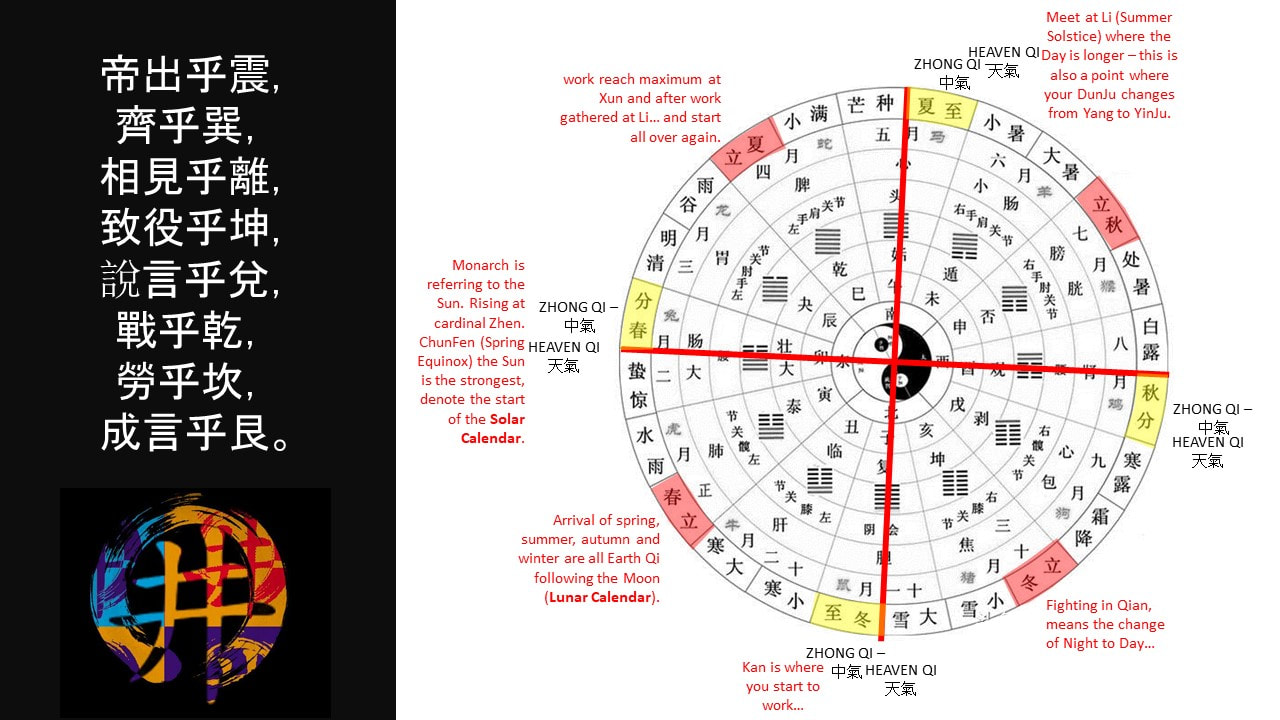
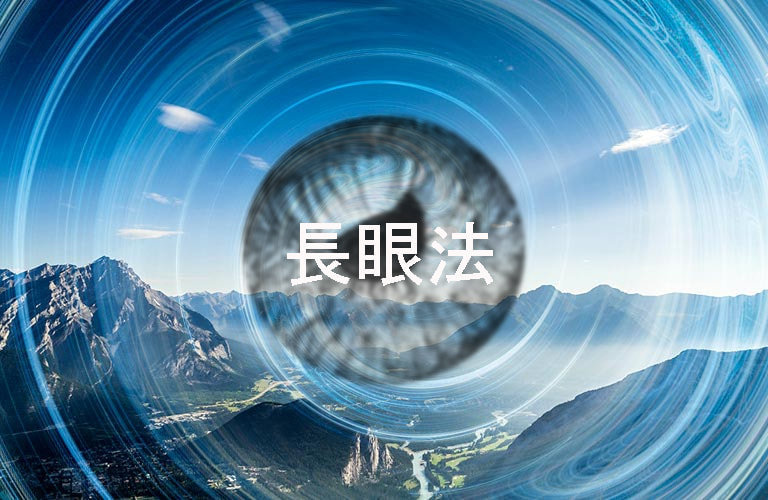

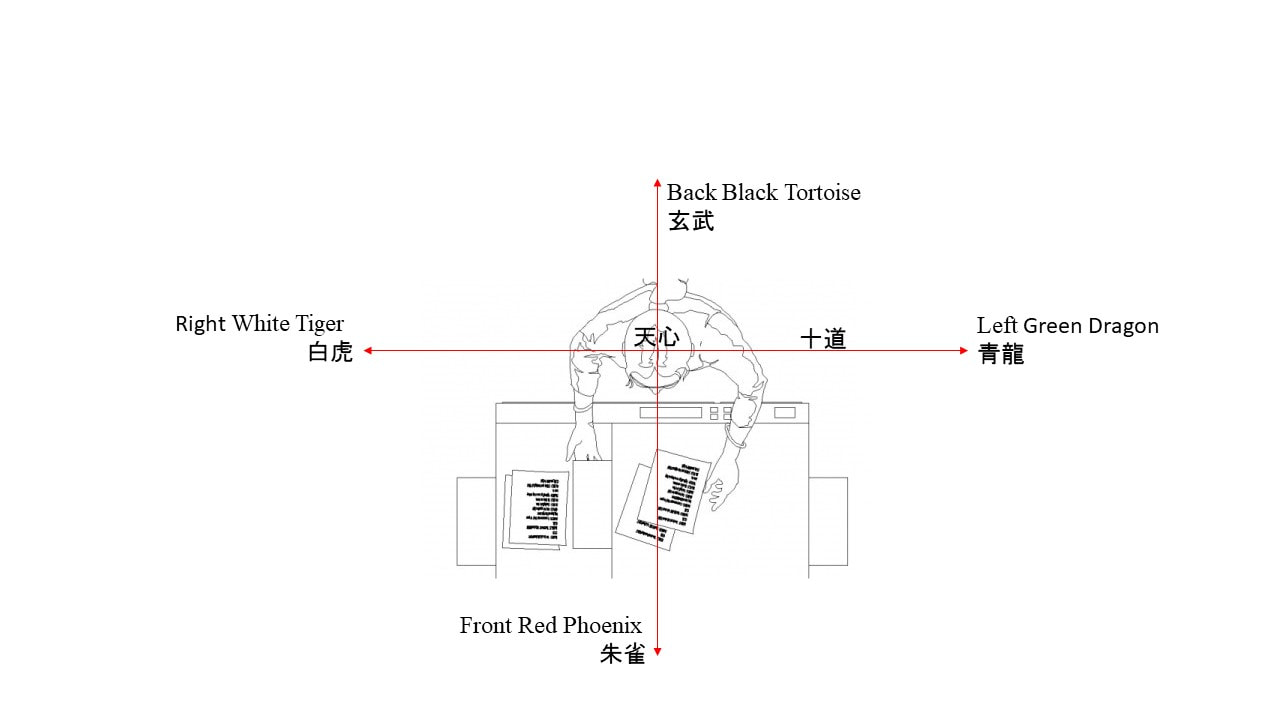
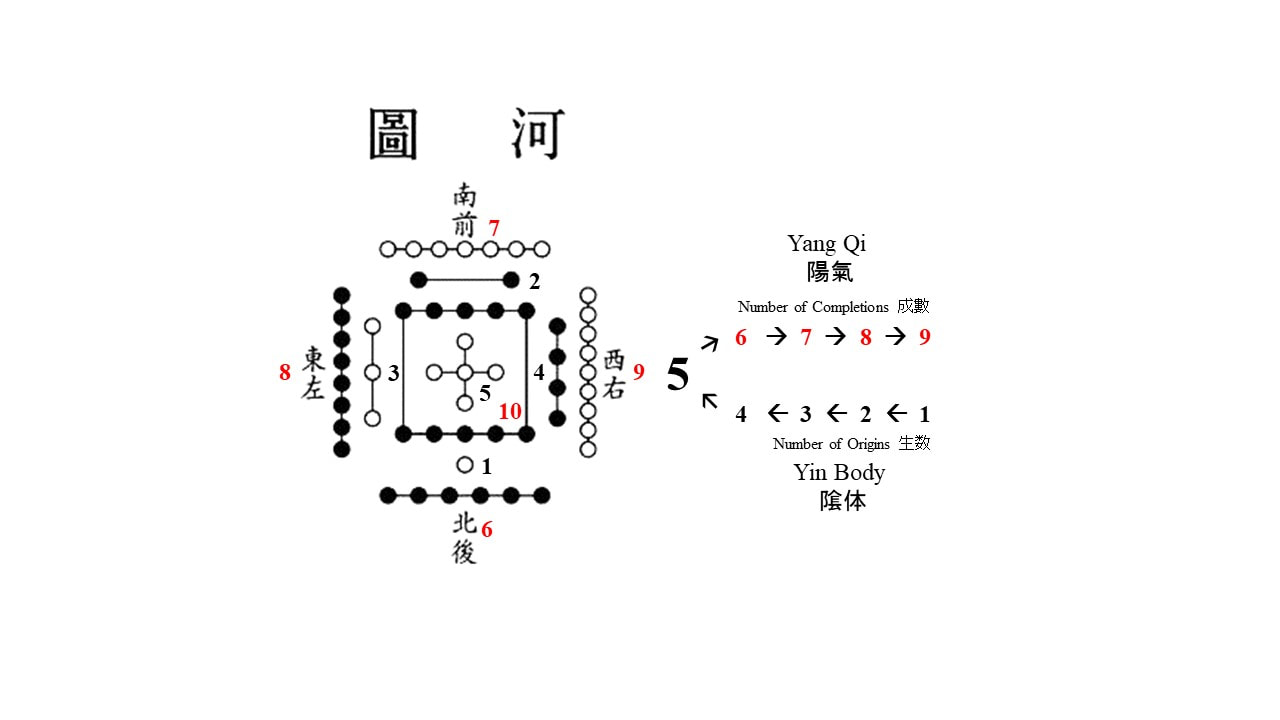
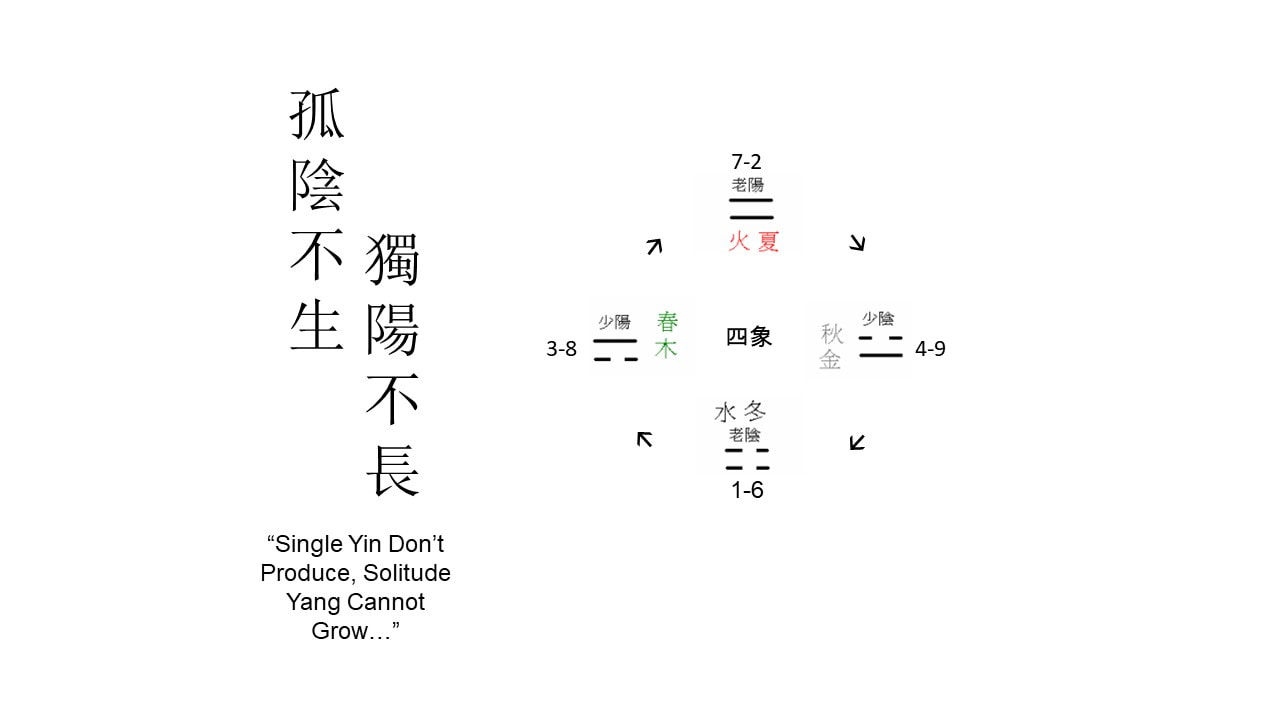
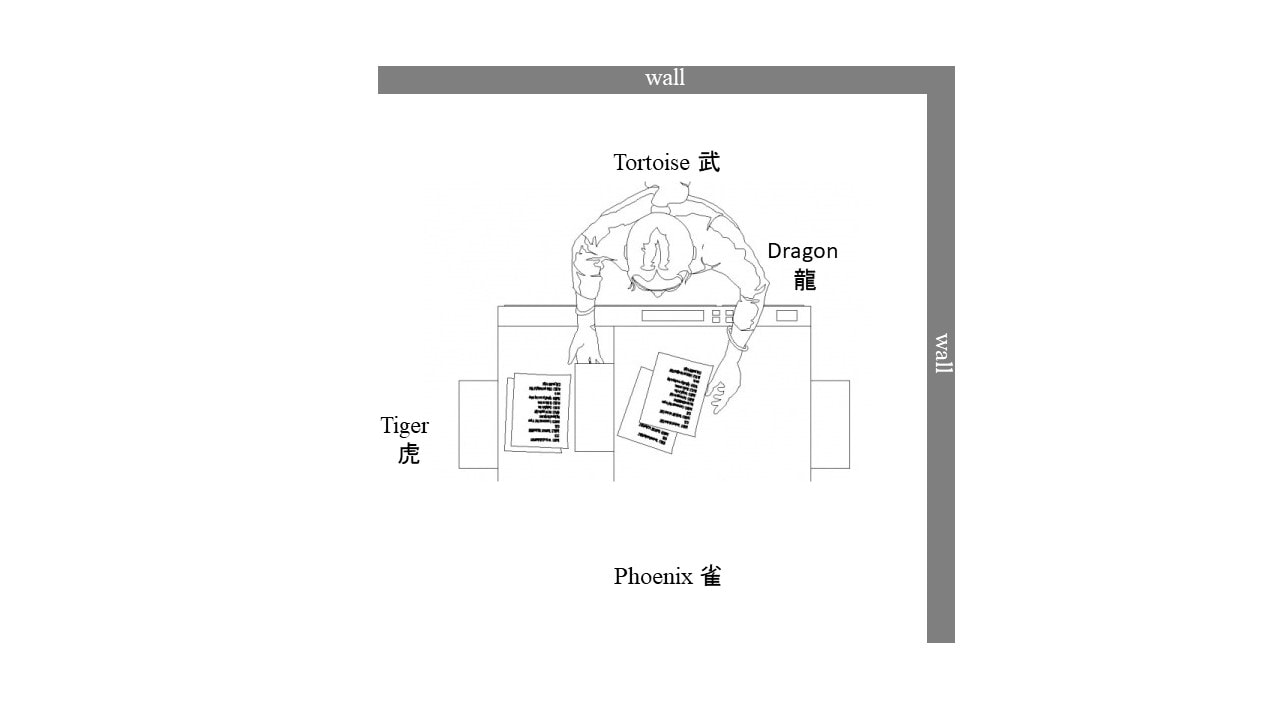
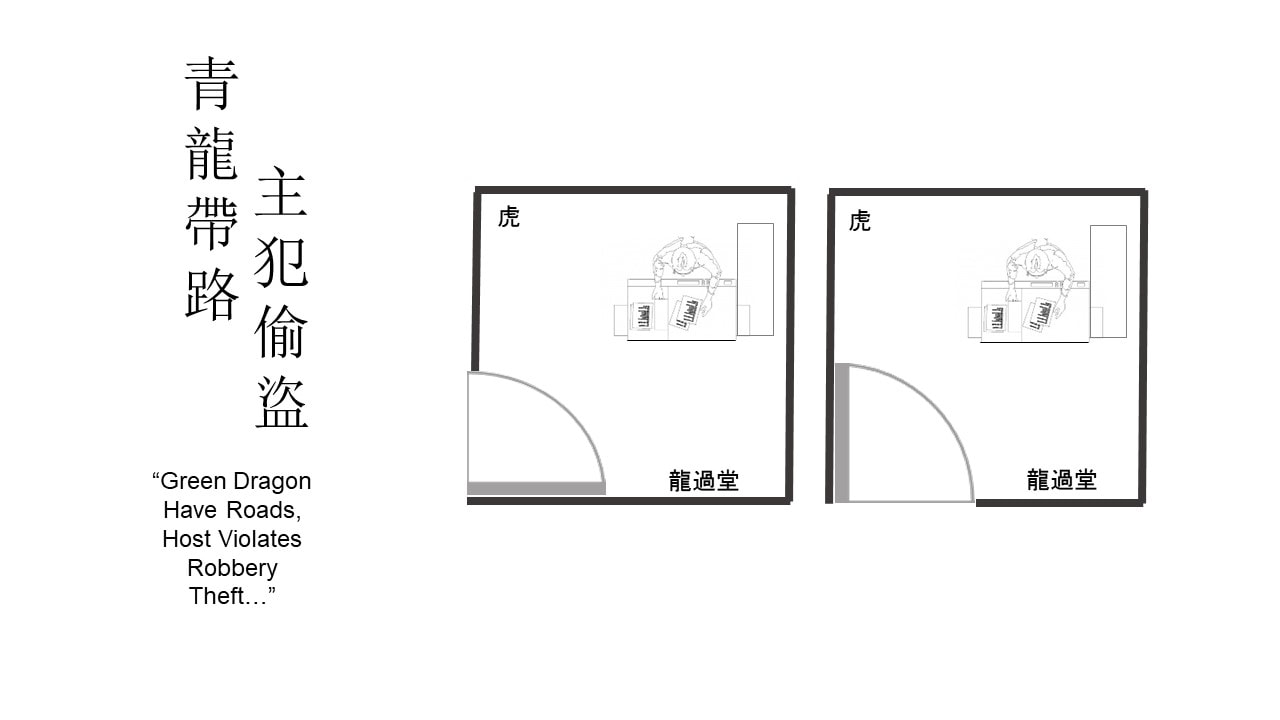

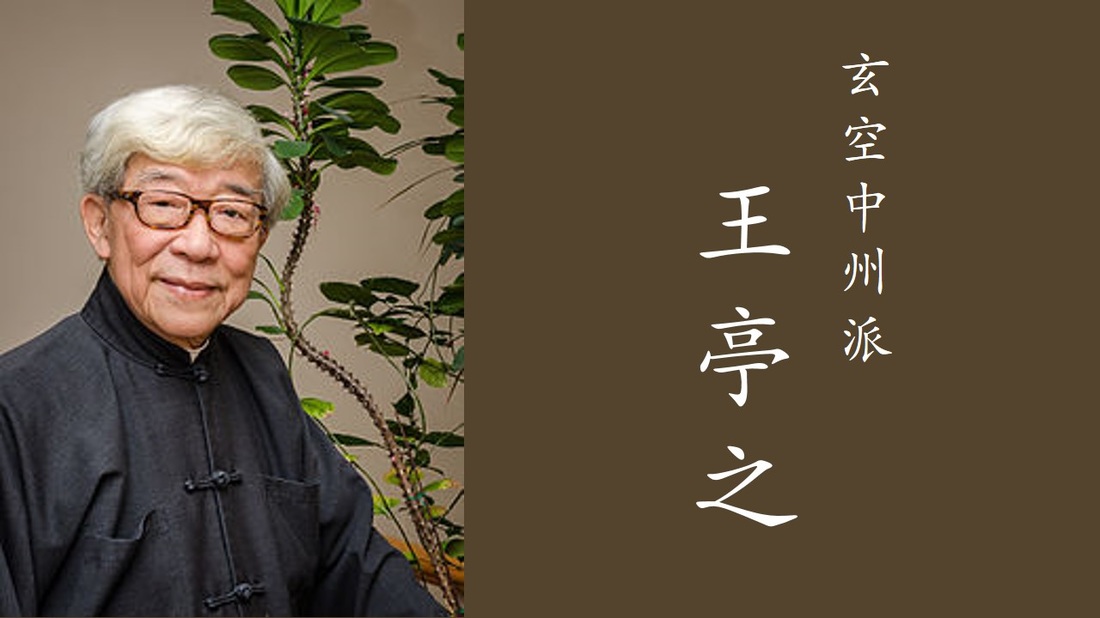
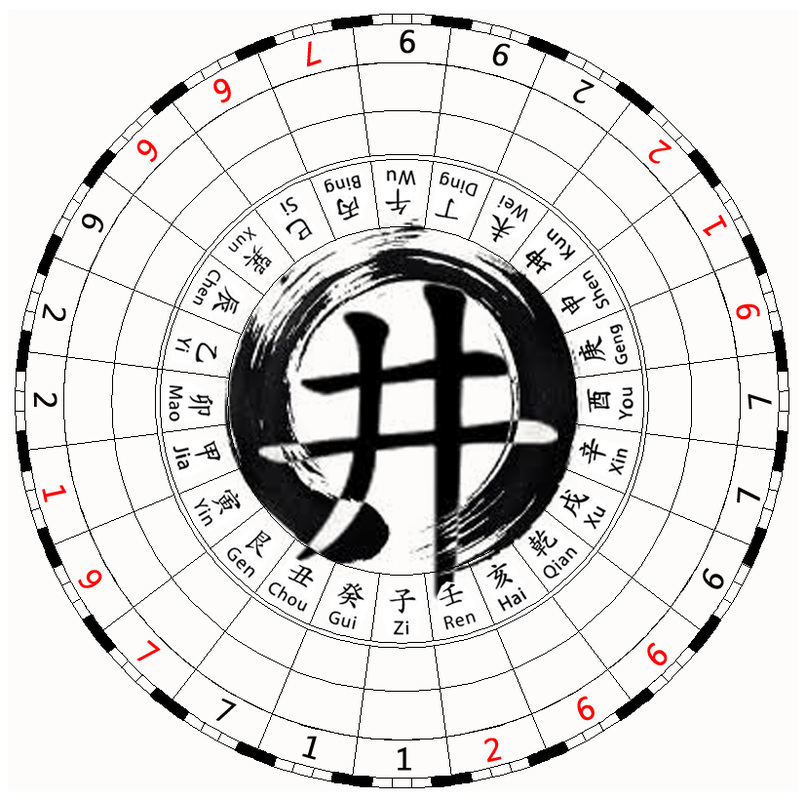
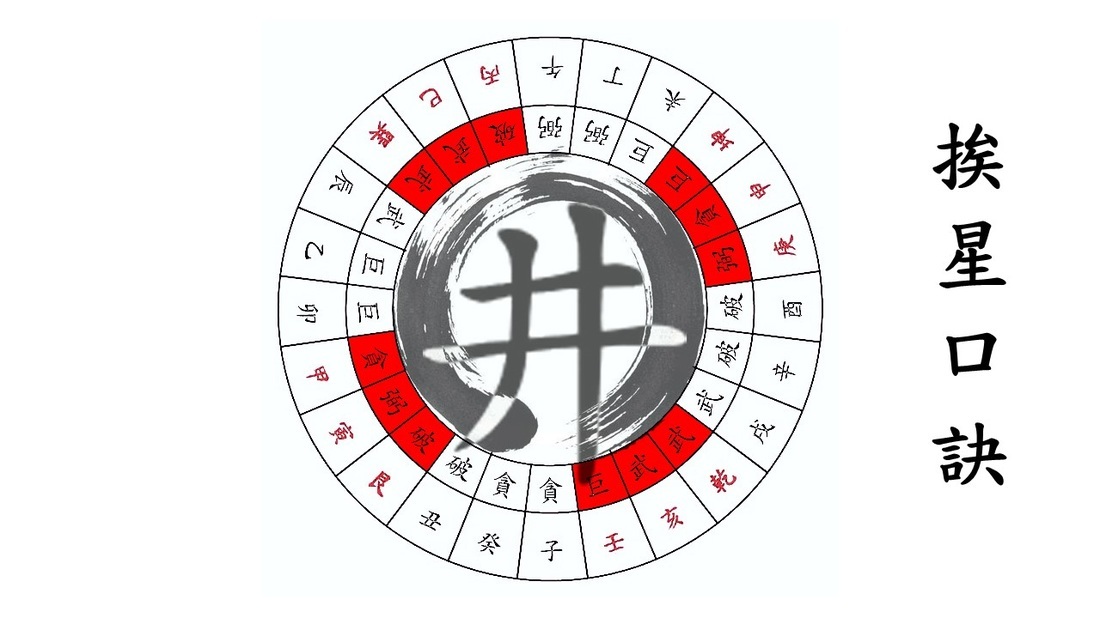
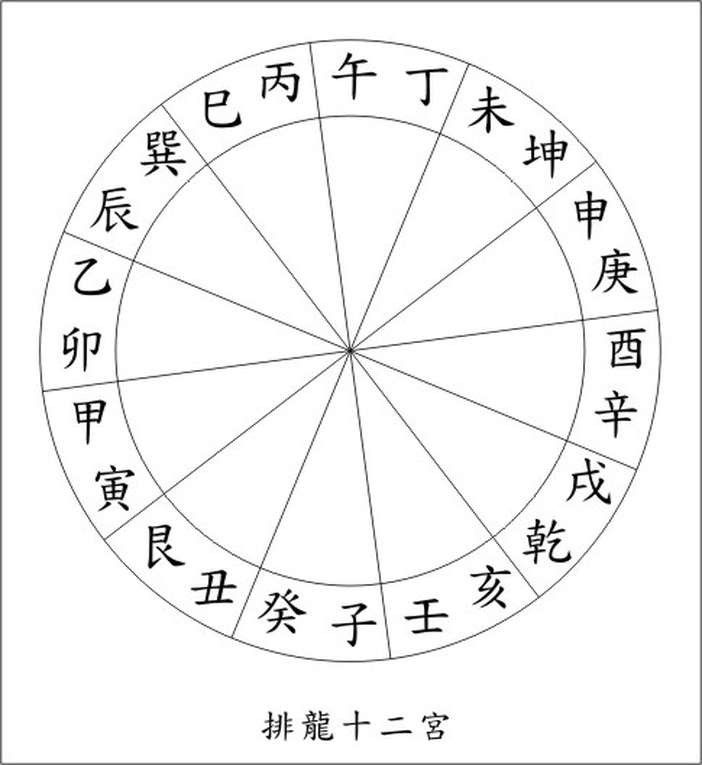
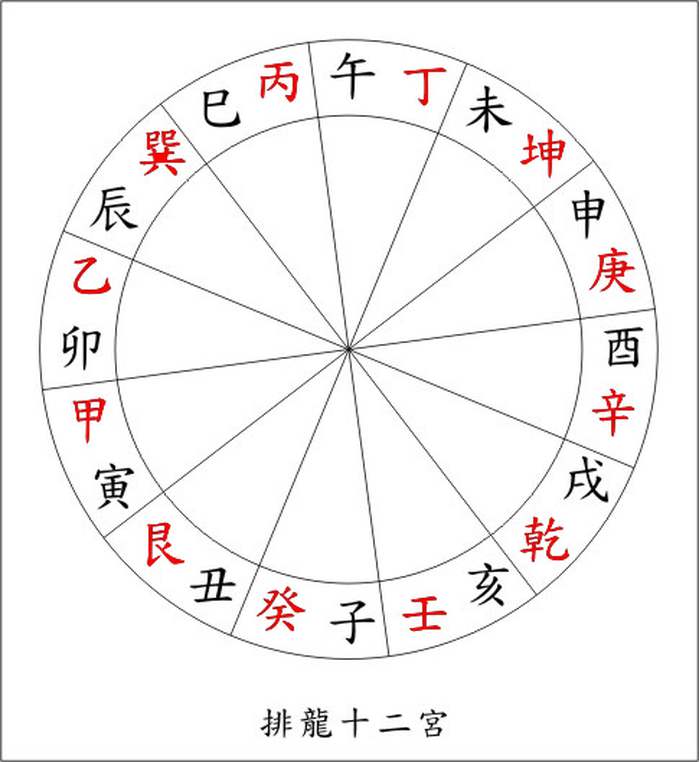
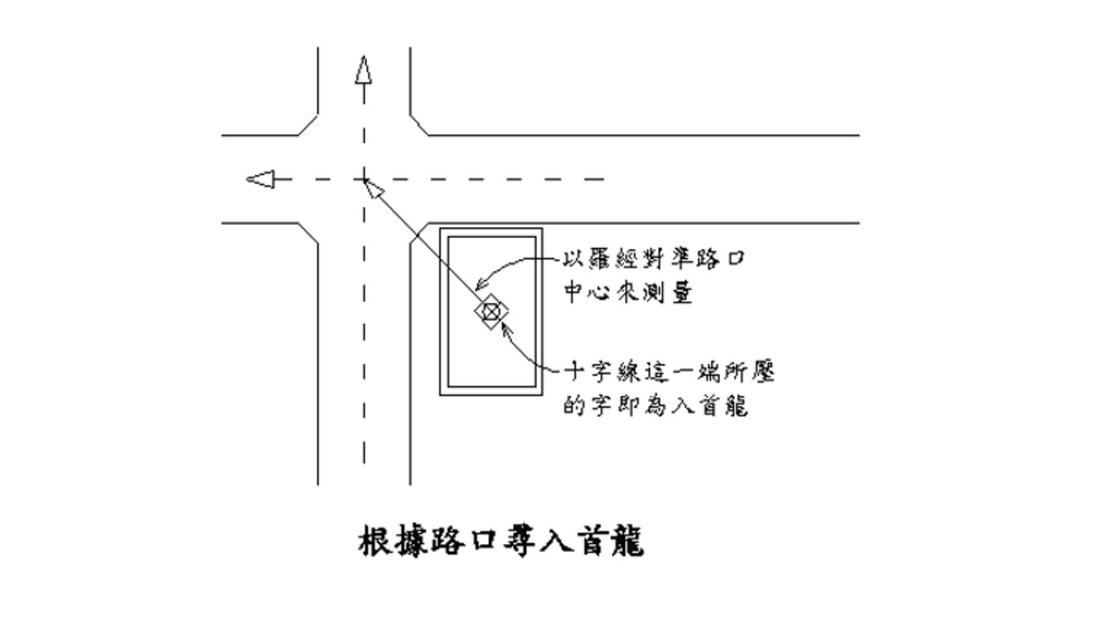
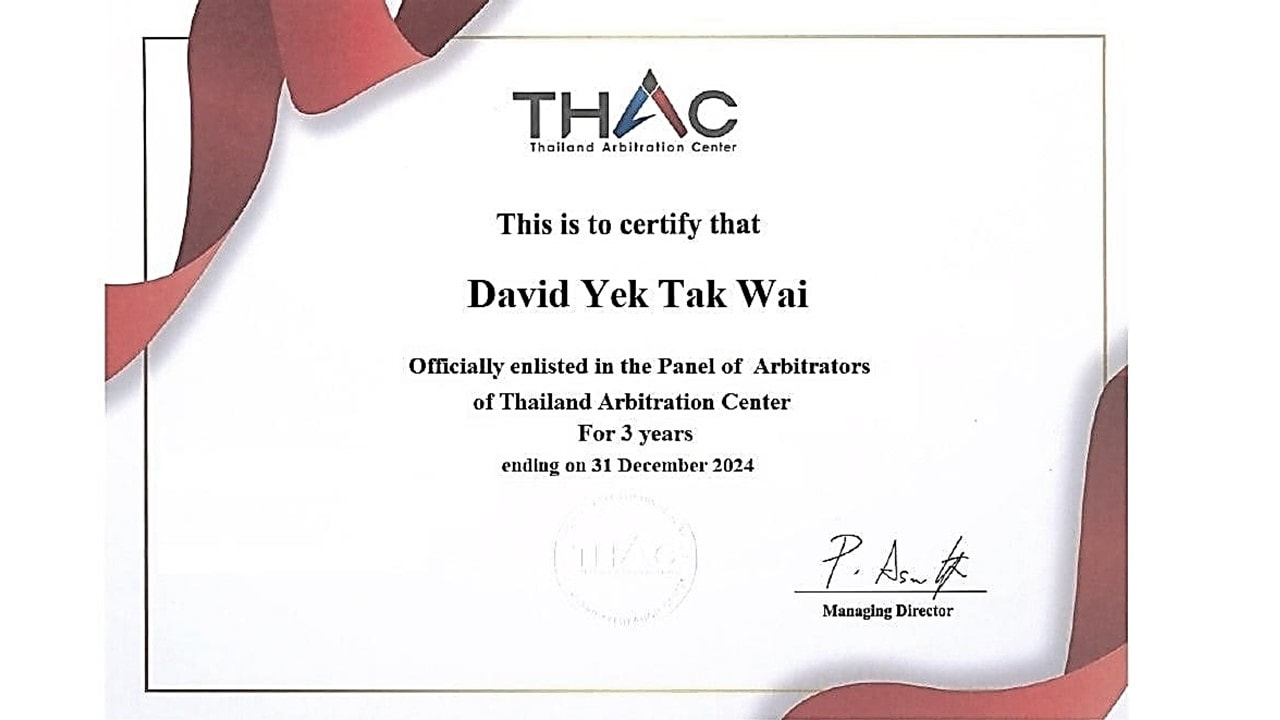
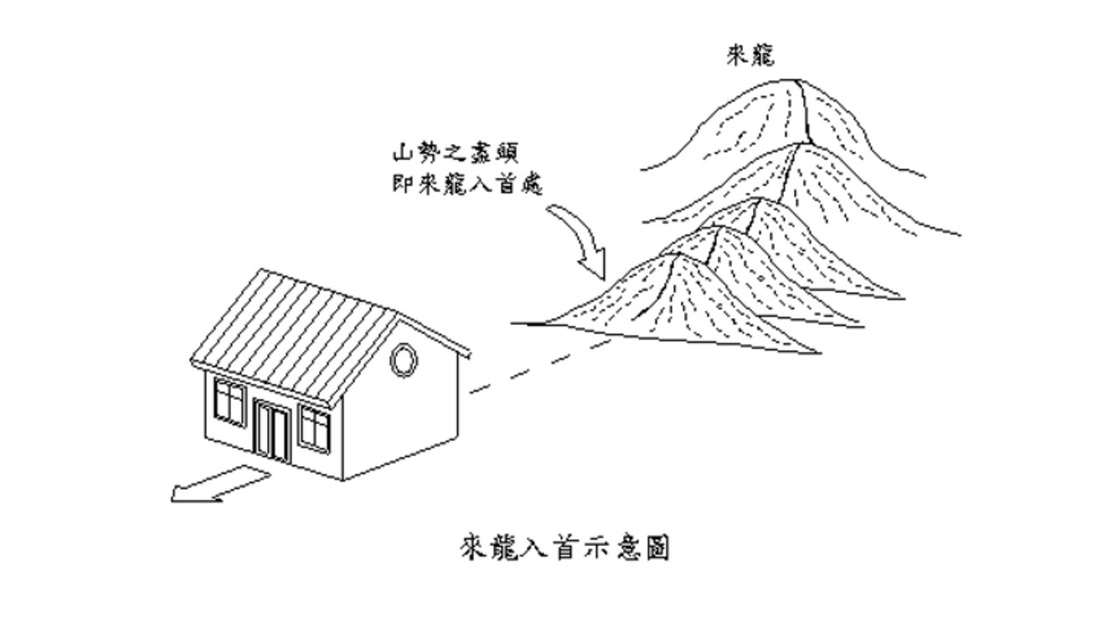
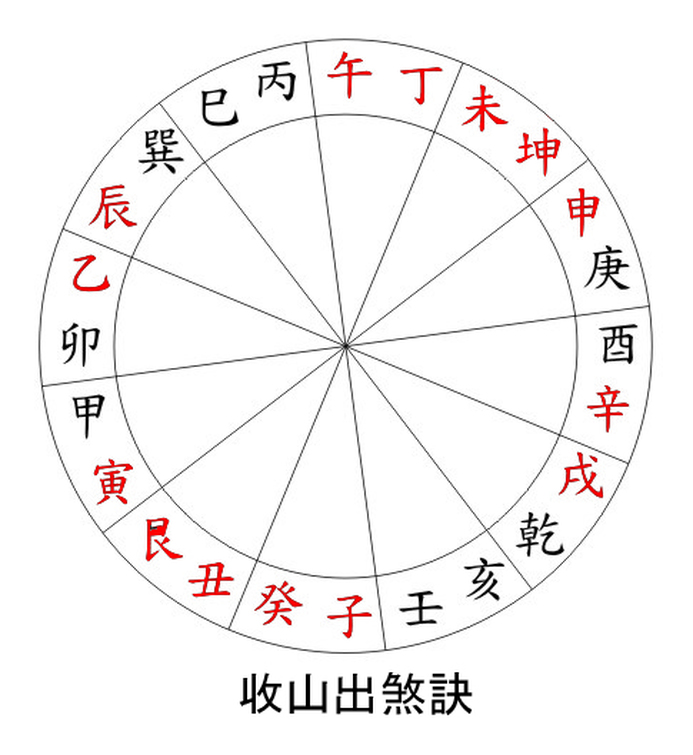
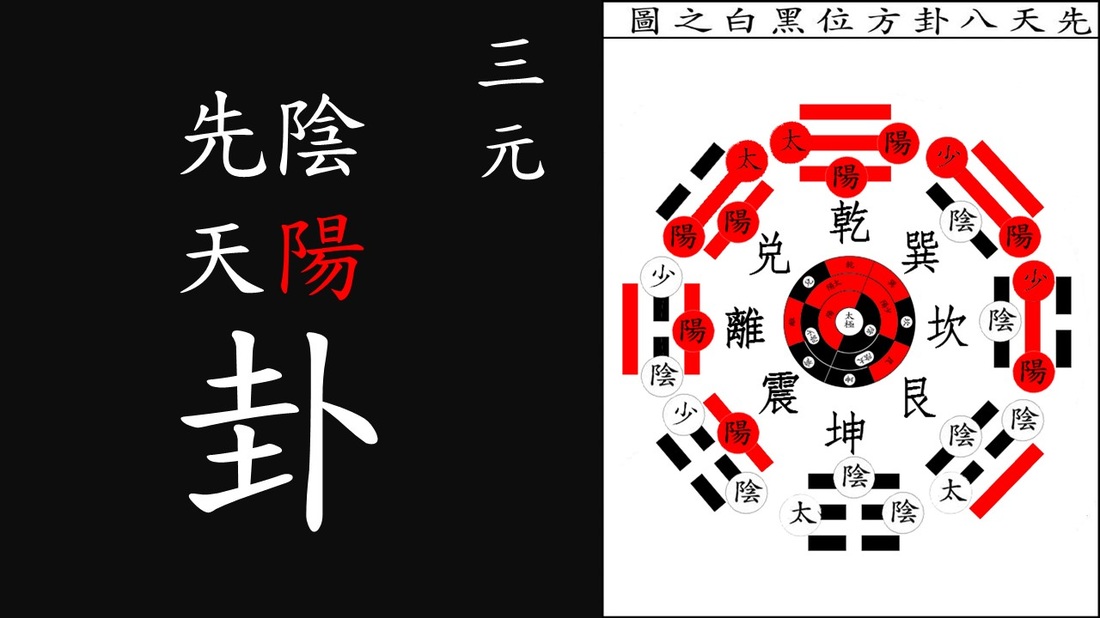
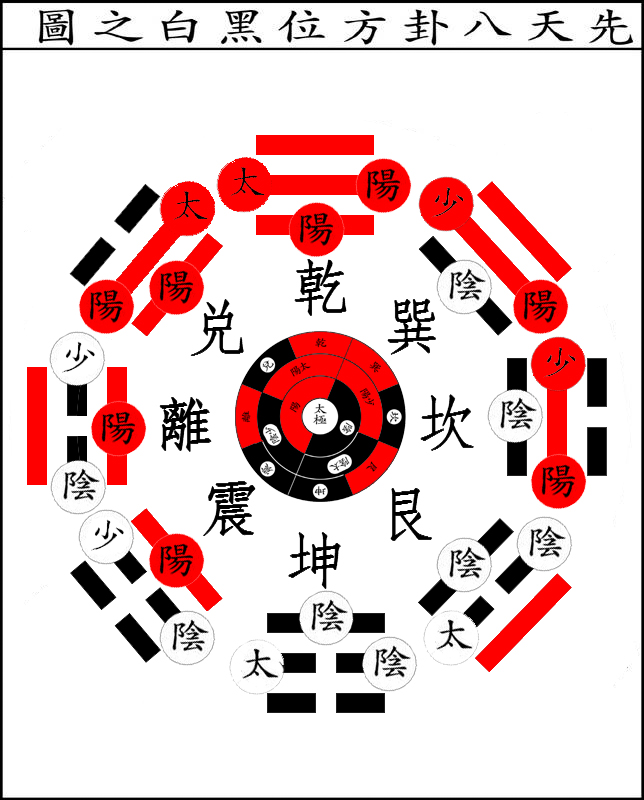
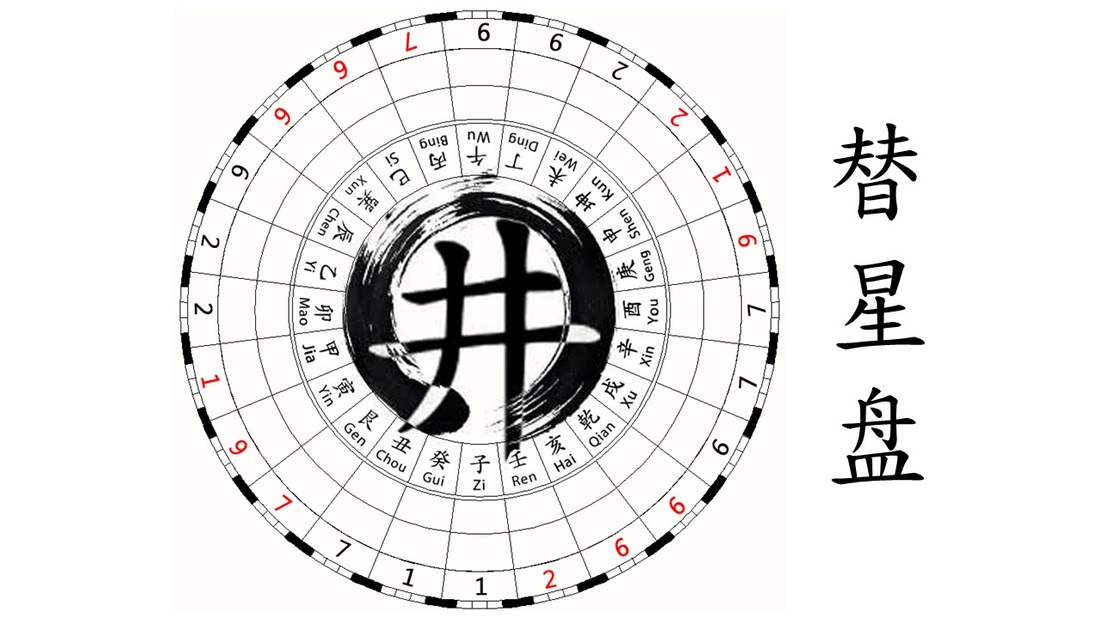
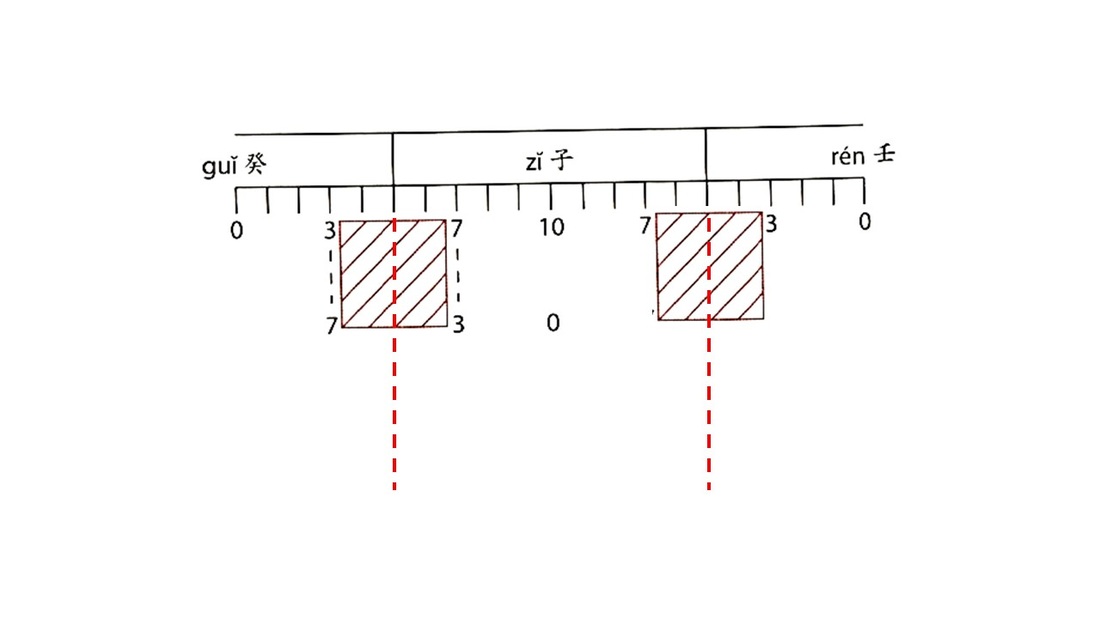
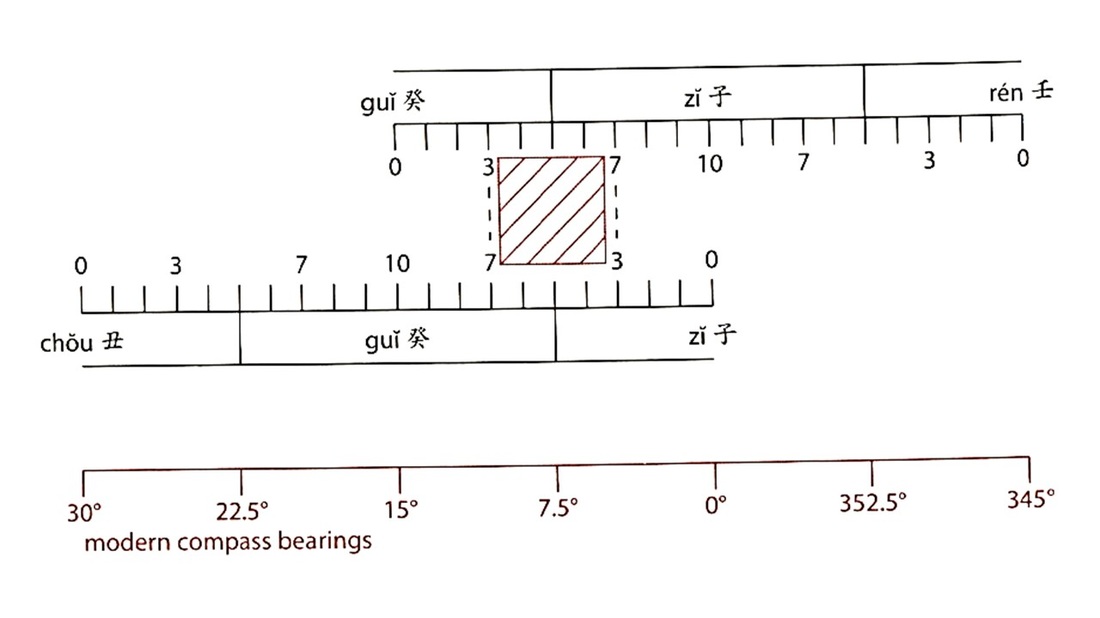
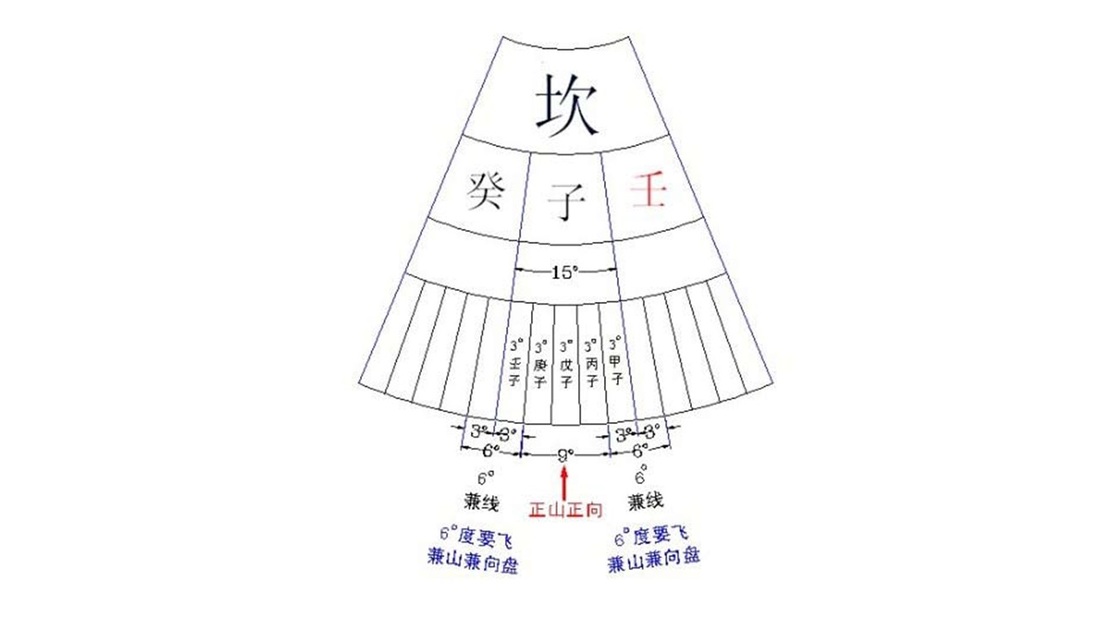
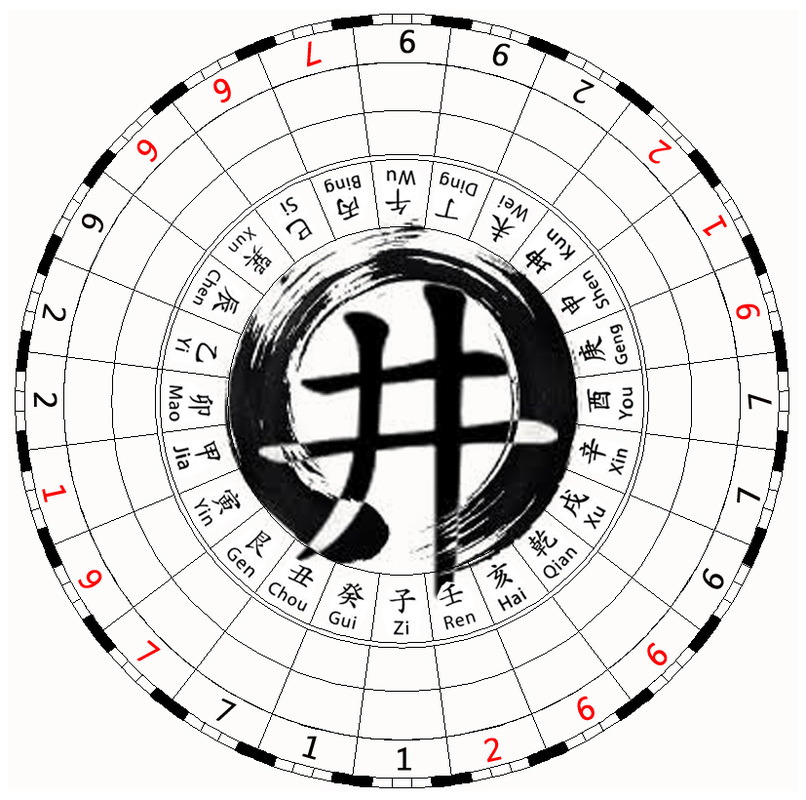
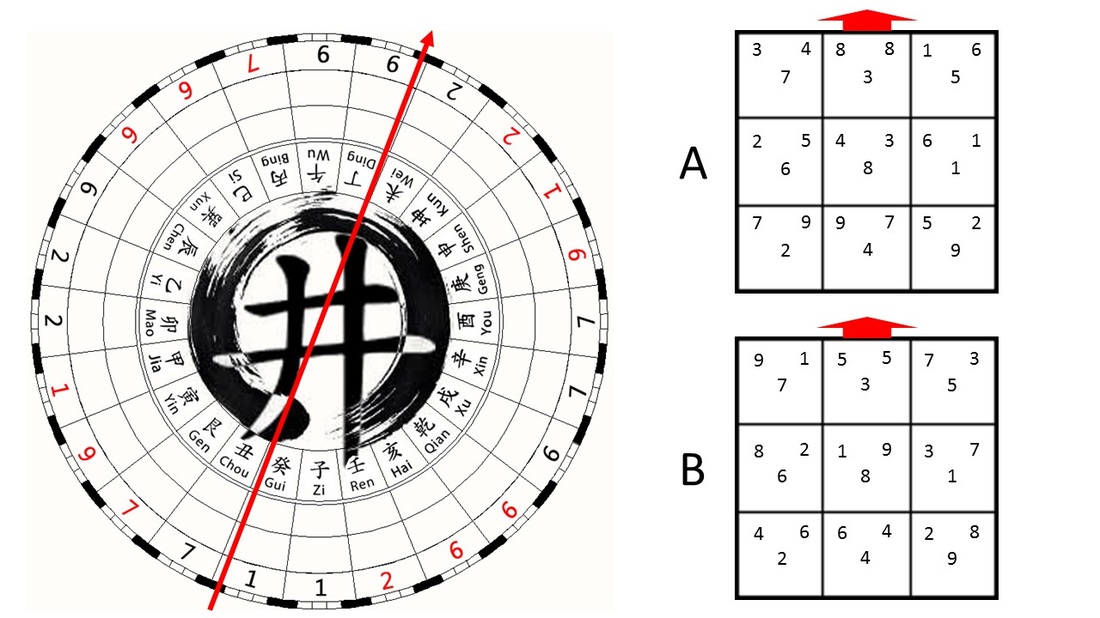
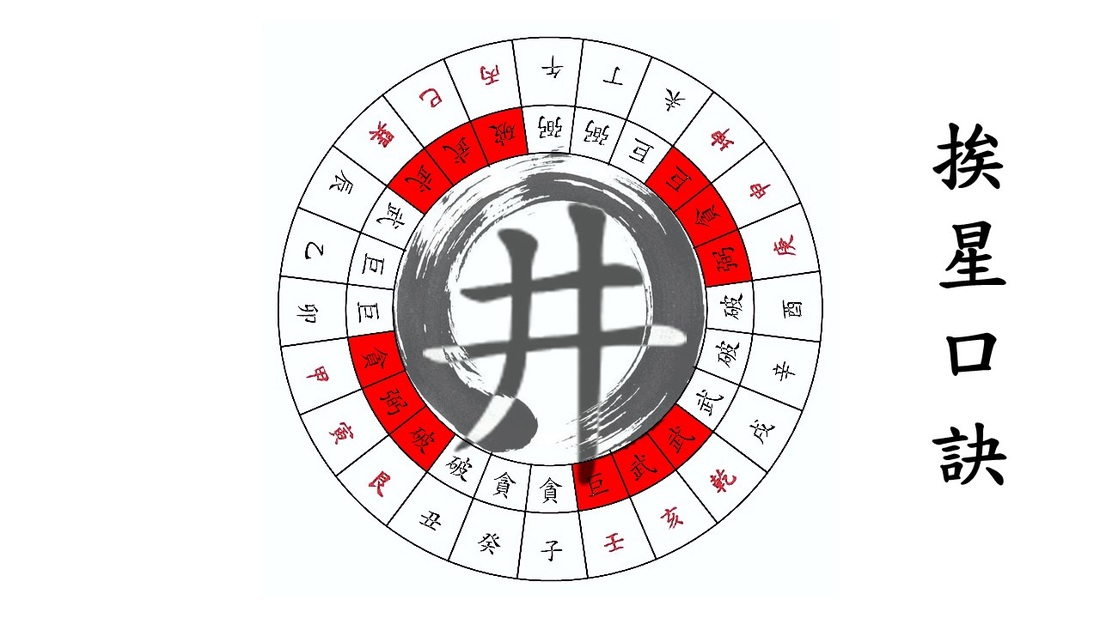
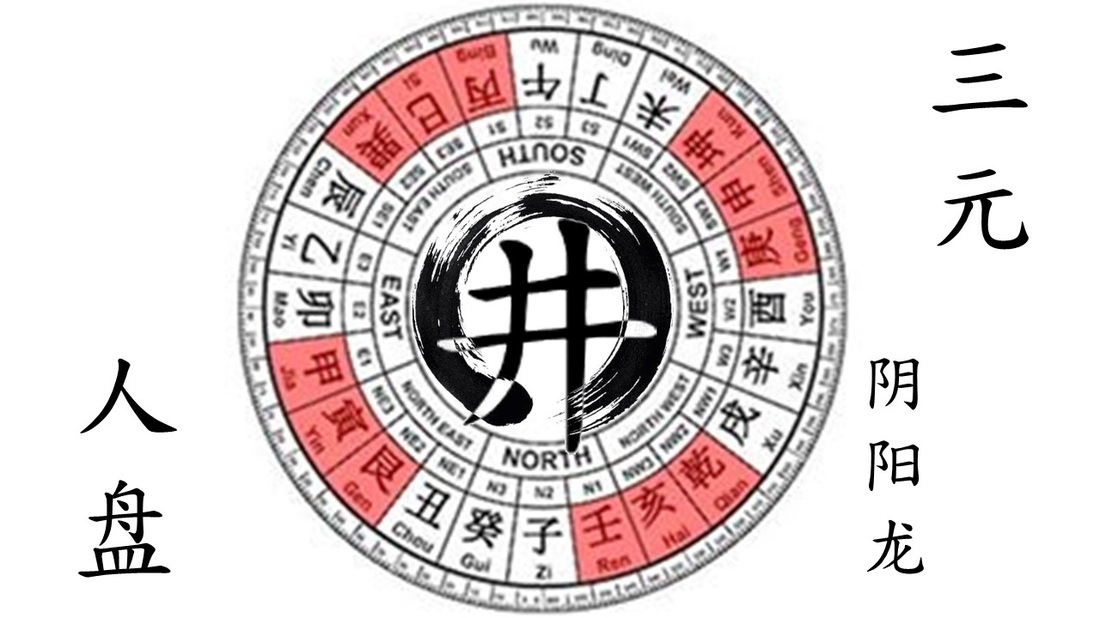
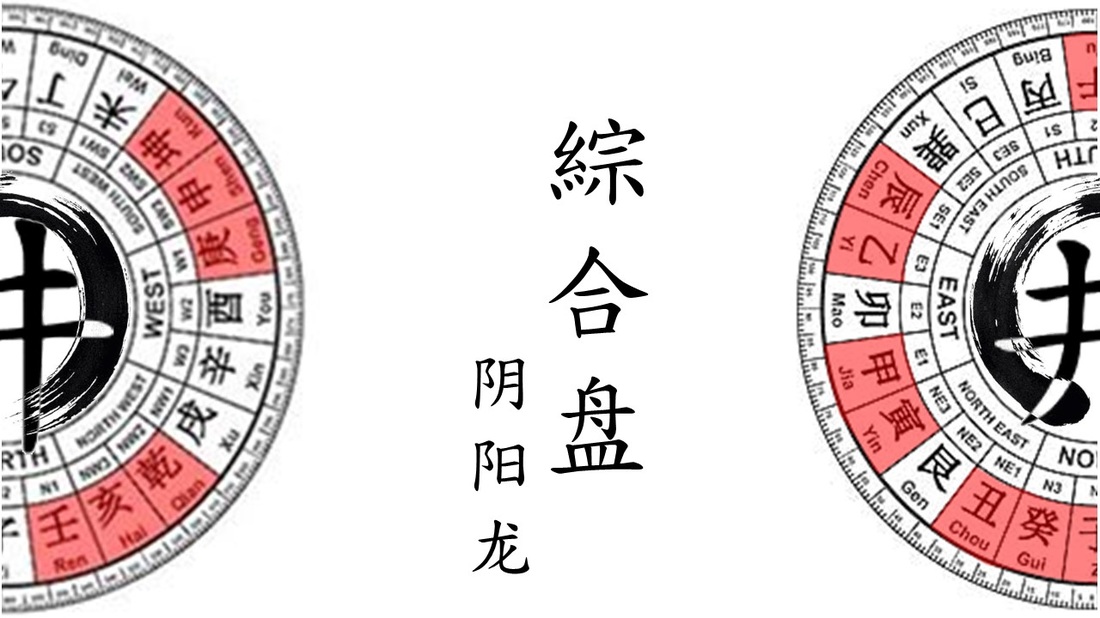
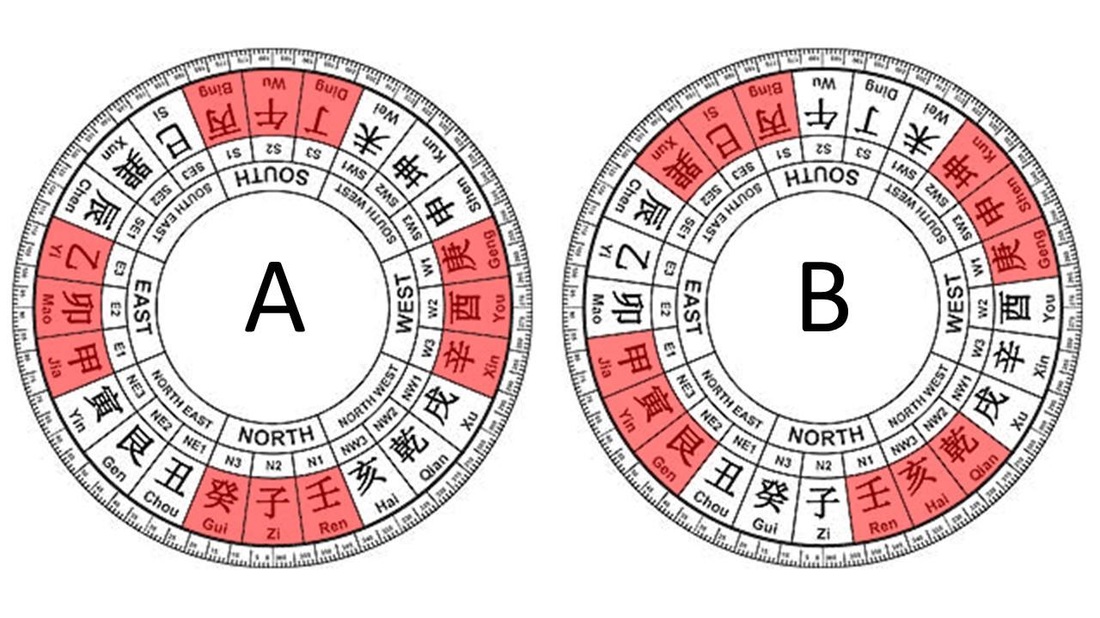
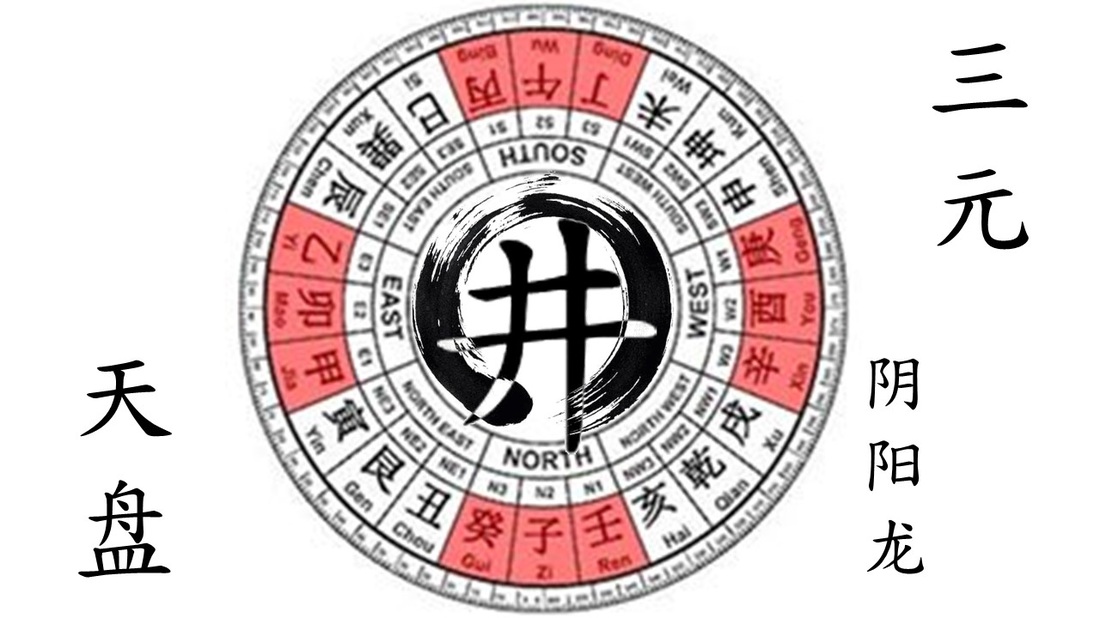
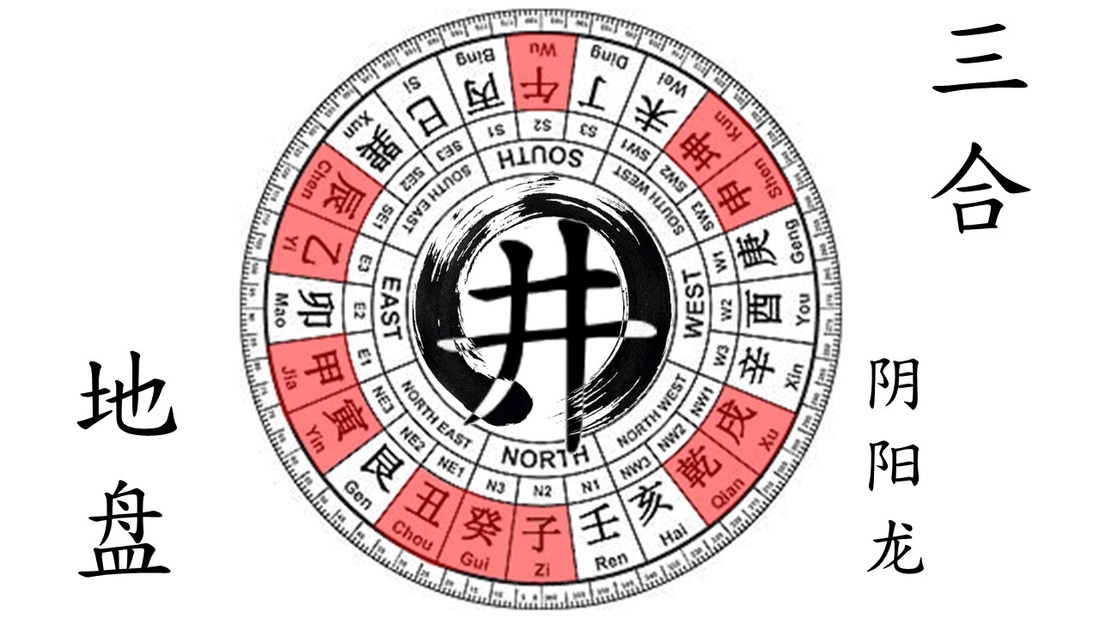
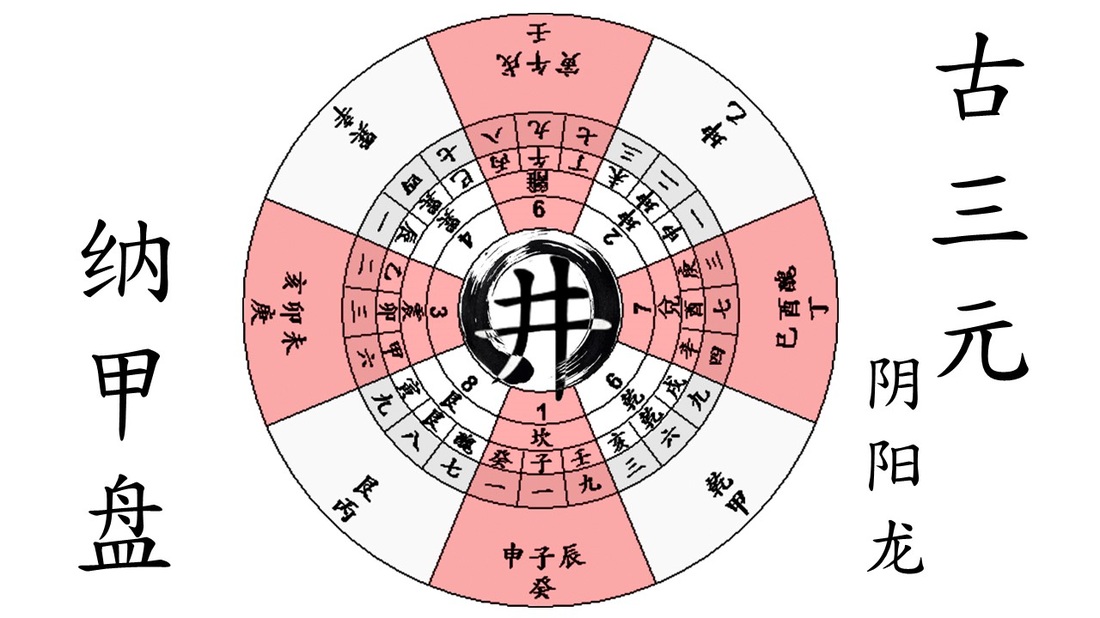

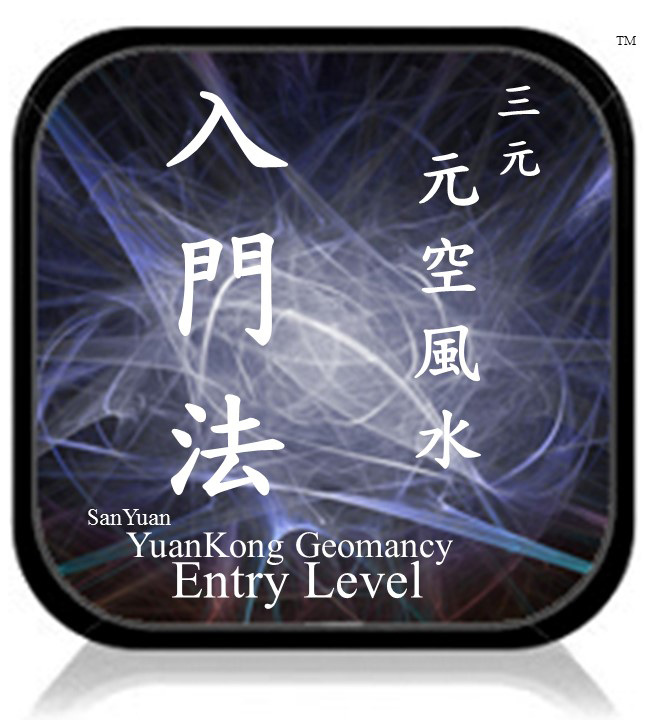

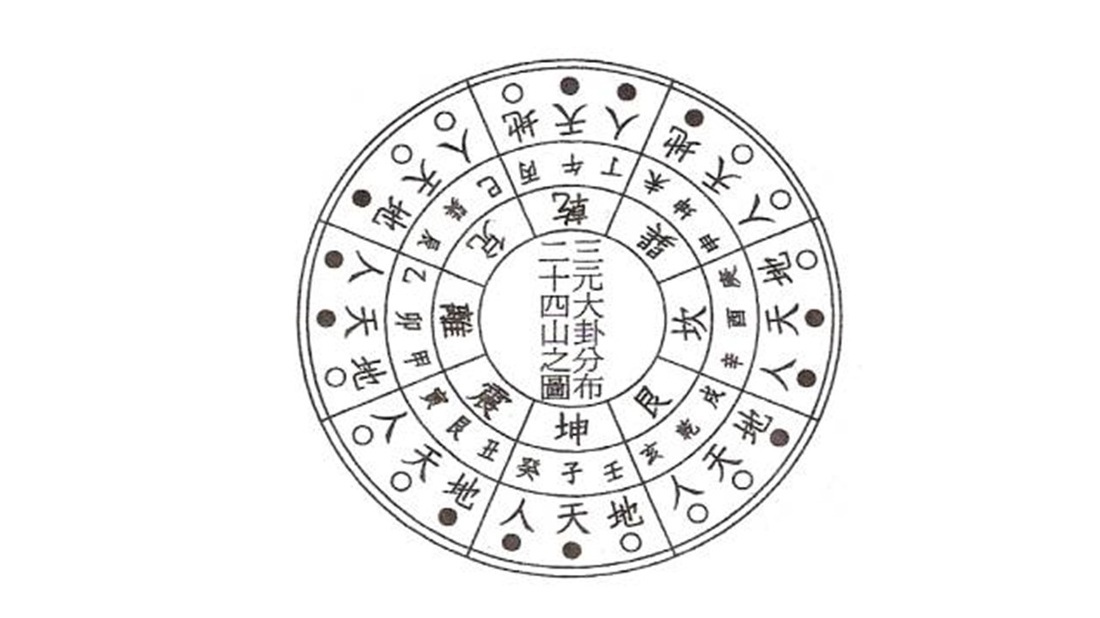
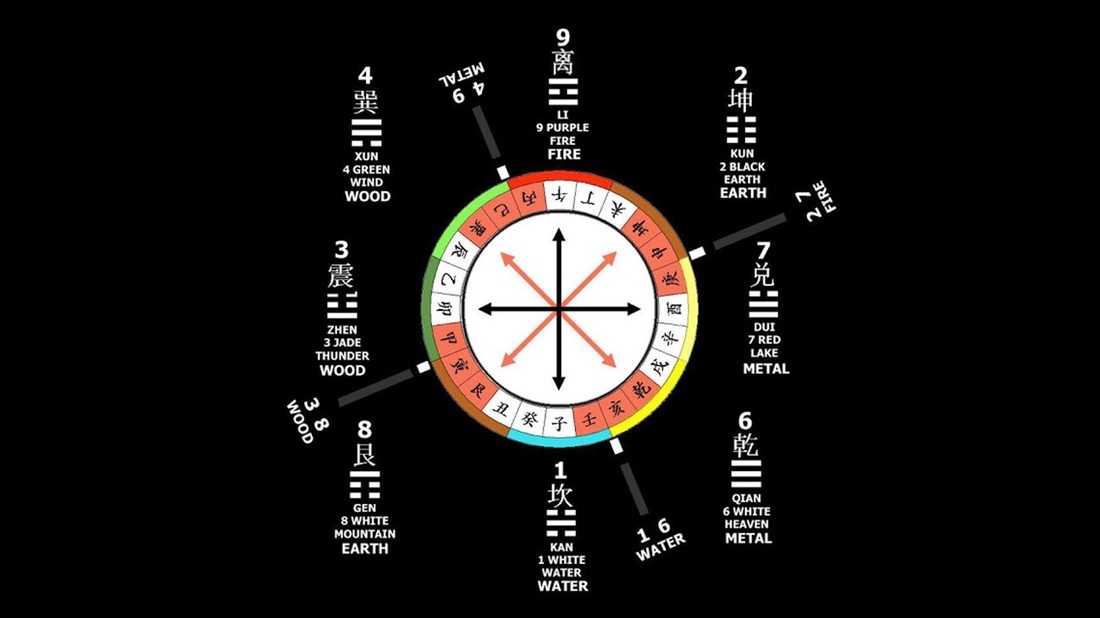

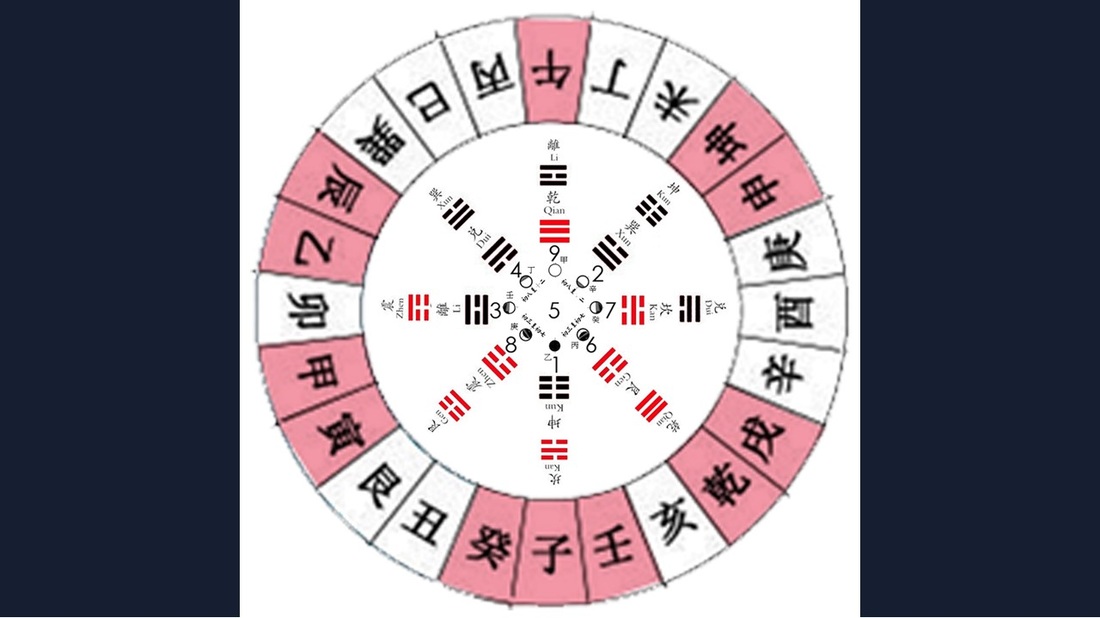

 RSS Feed
RSS Feed
